




The revolution of technology plays a crucial role in the future realm. The ability to predict starts with the process of observing the present. The use of artificial intelligence in the process of making the cover page denotes the present and the future at the same time. The prompt is “an invention from future”.


Predictions are subconscious actions that we all perform in various stages of life. Making assumptions, conversing, and debating about ‘what if’s’ wander around our exposure to the world. Foretelling varies from person to person and that’s the beauty of it, there is no right answer to how the world will look in the future, but it’ll always act as a basis for future designs and that is what we aim to show in this edition.
With ‘Foresight’ we understand the early steps being taken right now to lay the foundation for the future. The objective is to comprehend the issues and requirements of the present times and their solutions for tomorrow. We expect to explore more on how the process of innovation has followed through and how it will work. Rahul Saini discusses his process with Paytm staying on top of changing times in our feature article, Tanay Pratap and Ankita Prakash highlight Metaversity’s in-depth exploration of underlying issues, Joe Hollier offers his thoughts on being light, Brian Collins beautifies the meeting point between extra and the ordinary. Jacob Morgan offers guidance to develop a future-first perspective, our faculty Sanjay Jain offers his views on Biomimicry and what we can learn from Nature to sustain ourselves.
Assimilated is some curated student work.
In this edition, students present visuals and essays on the subject. Finally, a few remarks from the previous Weave team directed our attention to the Weave Magazine’s Foresight.
Weave magazine’s third edition of the second volume is now available. Designing the future is the most excellent method to forecast it since only that has the potential to create the world we want to live in.
Neema Samridhi Samal IshitaJoe Hollier is a multi-disciplinary artist, entrepreneur, and Co-Founder of Light. He was named one of Forbes 30 under 30 for consumer technology products. PRINT Magazine recognized him as one of the top 20 visual artists under the age of 30 in 2014. He has also worked with Nike, CNN, the Lincoln Center, Debbie Millman, the Office of Paul Sahre, and Sagmeister & Walsh.
https://www.linkedin.com/in/joe-hollier/
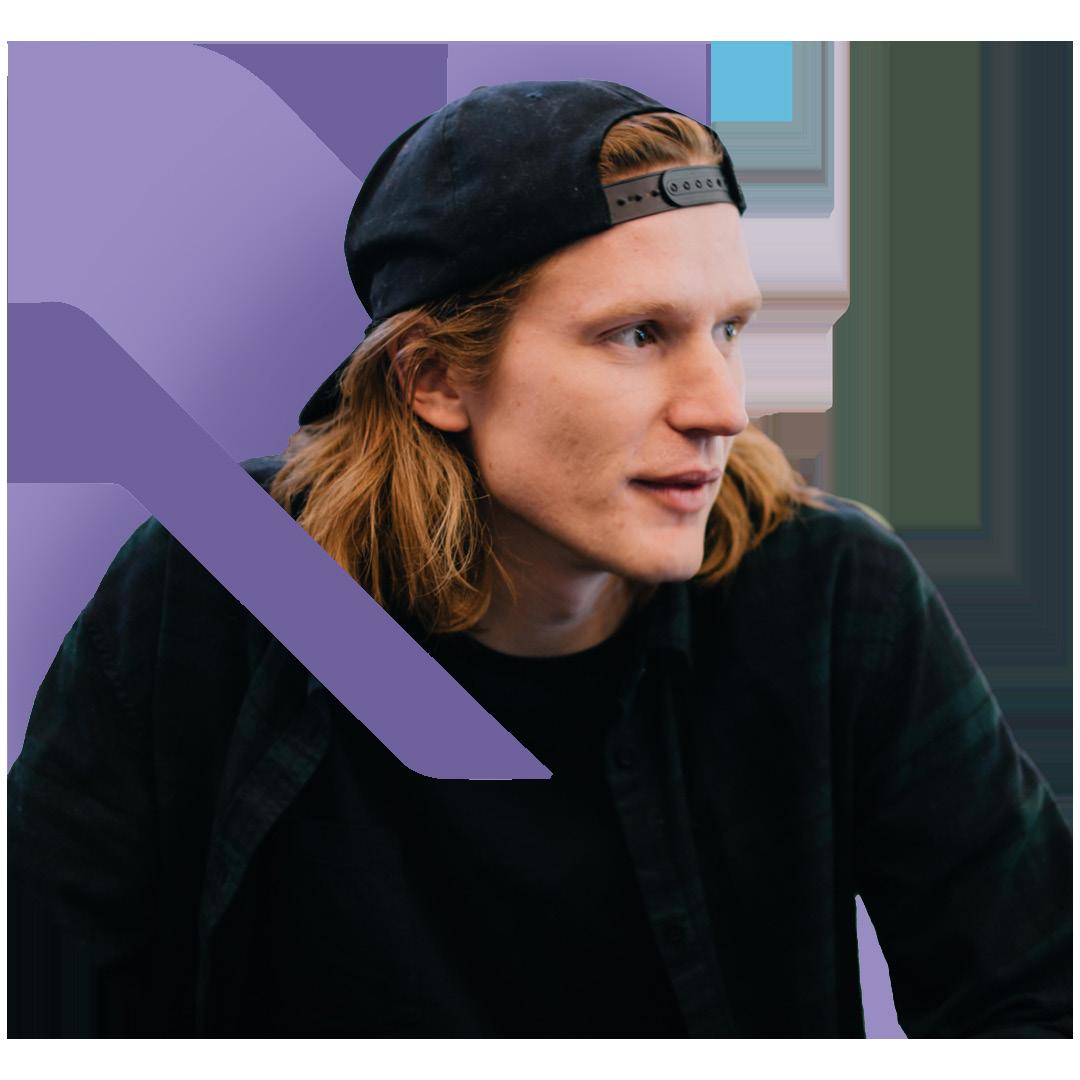
The Light Phone is maybe the only phone that is “designed to be used as little as possible”.
The idea first began inside a Google experimental incubator for designers where we were encouraged to think of ideas for new smartphone apps and platforms. We learned about how apps were designed and engineered to maximize their “stickiness”, getting users to check and re-check again. The most important metric was retention, how much time a day did users spend with your product? Kai and I thought, could spending any more time than we already do on our smartphones possibly make us any happier?
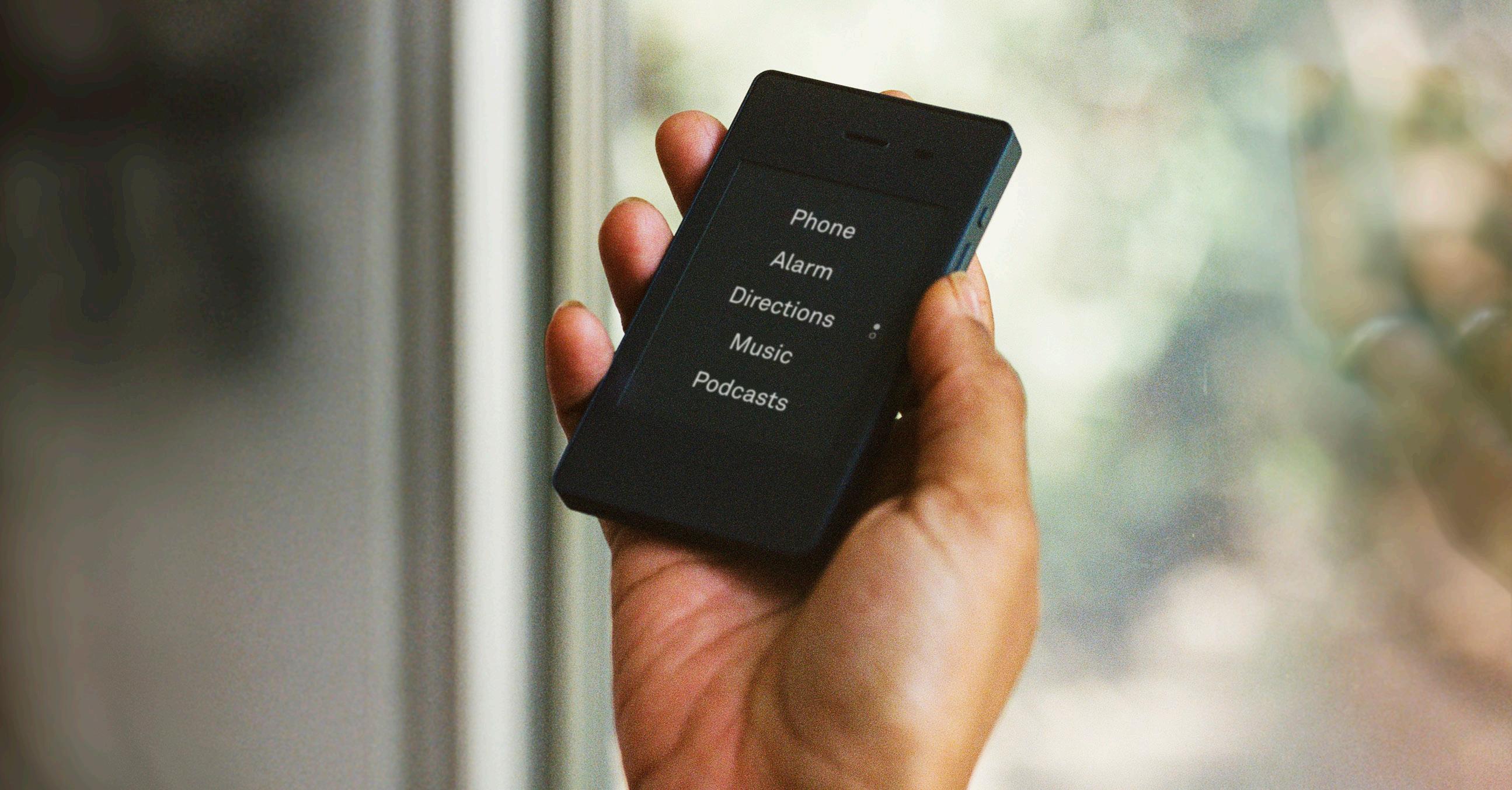
“
We decided to test this hypothesis by giving users flip phones for the weekend. There was initial anxiety at first, but ultimately it proved to be a refreshing and positive weekend for everyone that tried it. Something interesting we noticed was that though users described all the things they could do and think about, no one had used the flip phones for calls. It was just the peace of mind that they were reachable. We realized the value of what we wanted to offer wasn’t in any feature, but rather the lack of features and the space that it provides. We termed this experience “going light”.
In many ways, the Light Phone is going the opposite way of the general technology world. The benefit of doing something so different is that you stand out. It has led to a lot of organic press and conversations about the concept of our phone.
The flip side is that trying to raise capital from investors or secure partnerships with larger entities is much more difficult because the odds are against your success.
There are a lot of challenges in asking our users to ditch their smartphones along with some inevitable inconveniences in making that switch. We have a sliver of a fraction of the resources available to other smartphone manufacturers. Our users often tell us they feel they are active participants in the mission, and it’s true. We launched both models of our phone via crowdfunding platforms, and without those early adopters, there would likely be no Light Phone at all. However, there is also only so much patience that we can expect of users for things like bug fixes or shipping timelines, both of which are challenges for our small team.
While the Light Phone’s value is in the intentional subtraction of features, I think it is important to note that we are not “anti-technology”. Going light is about taking a conscious choice in deciding when and how you want to interact with the internet at large. Technology has given us many tools that we’ve become accustomed to in the past decade, and for some, it is too much to fathom living without some of those things.
Could spending any more time than we already do on our smartphones possibly make us any happier? ”
Features like directions, which provide a utility for so many smartphone users, are a feature of the Light Phone as well (albeit ours doesn’t track your location like most smartphone apps). We want to take the best aspects of technology that provide real utilitarian value, while stripping away the aspects that keep us hooked to our phones, mindlessly scrolling and feeling a little bit worse about it. ”
“
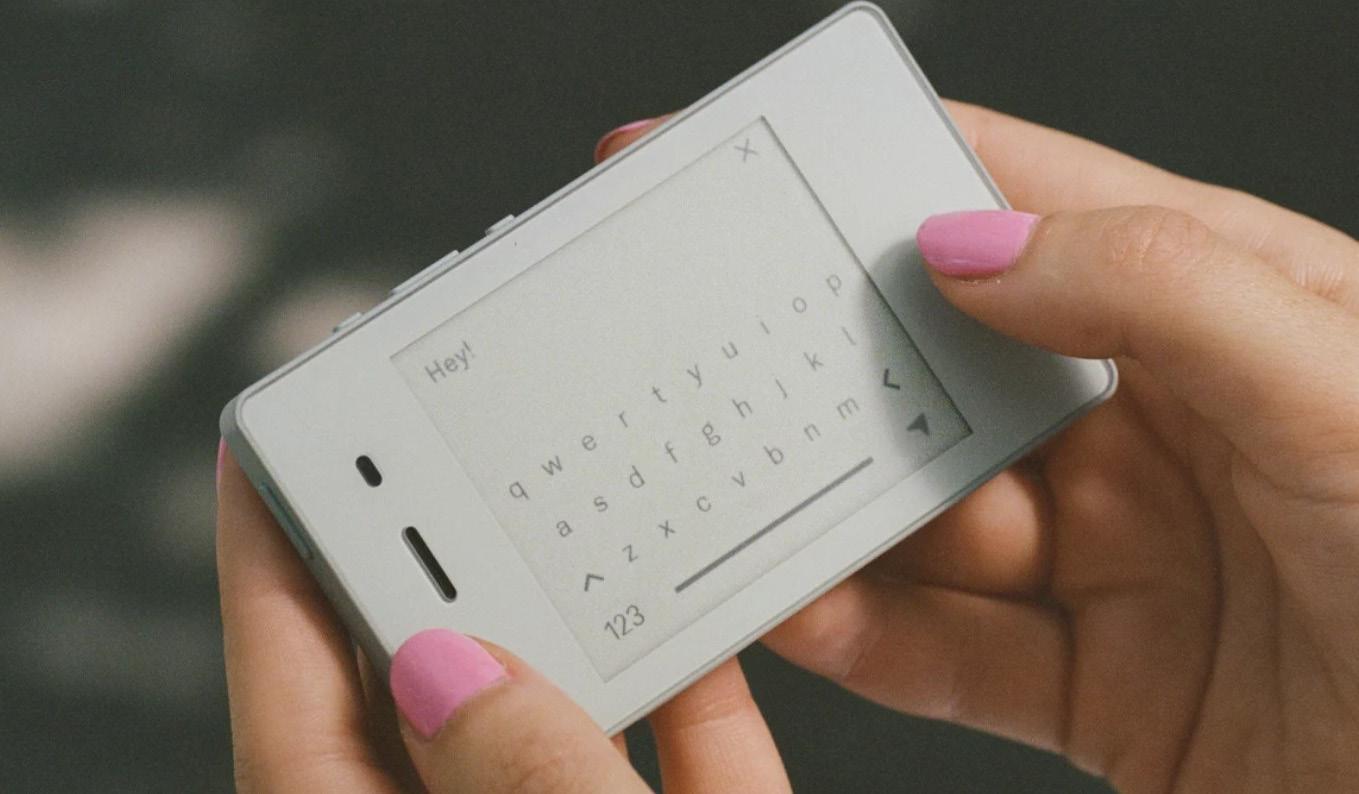
We want to take the best aspects of technology that provide real utilitarian value, while stripping away the aspects that keep us hooked to our phones, mindlessly scrolling and feeling a little bit worse about it.
When we think about the future of technology, one of the biggest concerns is rooted in the underlying business model of many of the largest platforms. These businesses are built upon offering platforms to users for “free” while collecting all sorts of data on the users and selling that data and attention to advertisers. Inherently, these platforms are not aligned with the users’ quality of life because that isn’t their actual customer. It’s proven that too much time on social media tends to have negative effects on users, yet the platforms would be hurting their bottom line if they were to genuinely address this problem. It’s just not in their interests to help us.

Going light is about taking a conscious choice in deciding when and how you want to interact with the internet at large.
So, while we’d love to see more examples of minimalistic and thoughtful technology, a technology designed with a particular need in mind, I think the best term may be “honest technology”. Technology whose underlying business model is straightforward, transparent and aligns with the quality of life of its users. Naturally, that would likely lead to more minimal solutions as that is likely what most users would benefit from.
For the Light Phone’s business model, we charge a realistic price for the device upfront, without any strings attached. We have no interest in collecting data or finding alternative hidden revenue streams, and our users are proud to pay for the respect we show them.
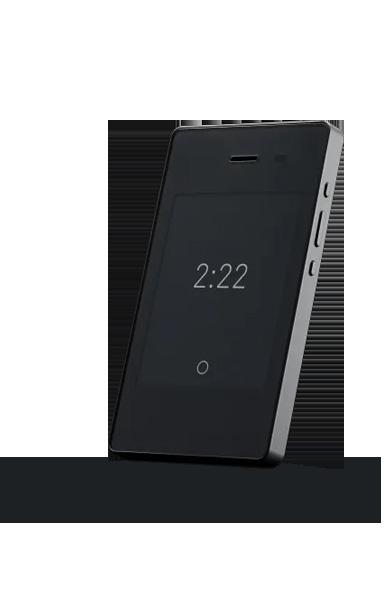
It’s been so incredibly humbling to hear how going light has led to profound life changes for our users. Those with success were able to redirect their screen time to things that are much more meaningful to them. The Light Phone is just a catalyst, really, but nothing like it currently exists. It has proven to be a vital tool for reclaiming one’s time and attention.
What might a social media platform look like if instead of relying on data/advertising, they charged users? Imagine if users were the customers and not the product. The platform would be aligned with making a product that genuinely provides the user with enough value to justify the cost. I don’t know what it would be like, but I suspect it’d be a very different platform than what we see available today.
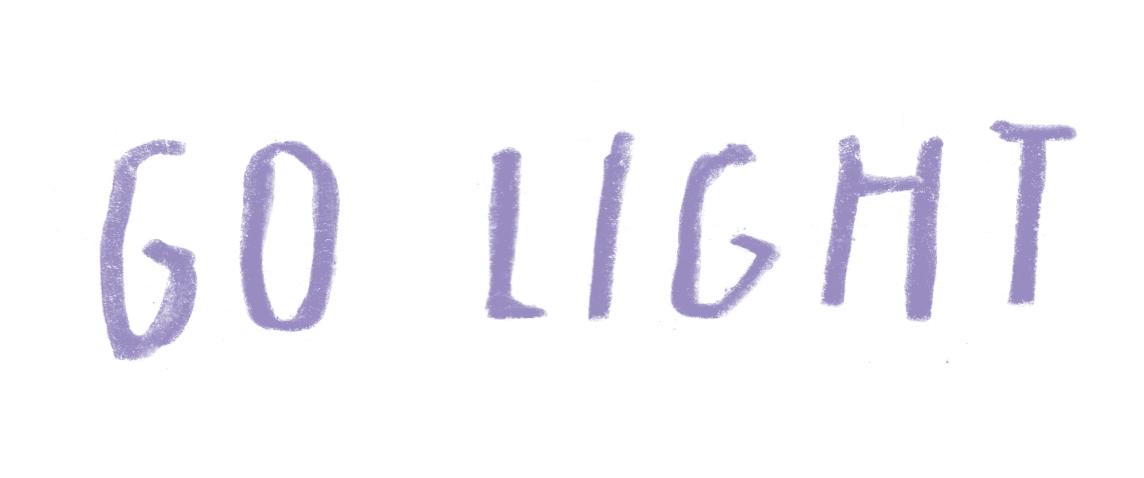
With over 22 years of experience, he has a diverse knowledge of design from across the spectrum. His core strengths revolve around App Product design, crafting layouts, and web design. He had previously worked with companies like ACL Wireless, and Fisheye Design and worked for clients like Tupperware, Tarun Tahiliani, Fab India, Moserbaer, and more.

Rahul Saini has been working in the field of experience design for over two decades, going back to the days when app design was limited to pixels in black and white remember early Nokia phones. Sensing numerous possibilities in this field of mobile app design, he got glued onto its evolution. He worked on motion design, advertising, and much more before finally settling on mobile app design. He feels a bit weird when he hears UI/UX as a specific field as he feels that all young designers should get their hands dirty throughout the spectrum of design early on in their careers. He joined One97 Communications in 2008, the parent organisation of Paytm, a product they had been working on ever since. The story of Paytm then was not what it is today; Paytm started off as a payment gateway focusing on easing the payment via mobile, it was known as ‘ PAY T hrough M obile’. Later on building upon this they created consumer use cases beyond just Payment gateway. They began with mobile recharges as the first offering to consumers, eventually loading up it with services like bus tickets, movie tickets, and eventually P2P payments, P2M payments. Paytm now hosts more than 50 services on their platform becoming one of the few apps with offerings throughout the spectrum.
The past two decades have been transformational in India, he told us. The demonetisation of 2016 was a trigger point for UPI to arrive, which further fuelled the digital payments in India. These constraints helped the company to push and provide better services for the consumers. All in all, when people have fewer resources, they try to experiment with what they have which leads to innovation. There exist opportunities that organisations need to grasp and make the most out of, he said.
When they started introducing payments on the phone, it was difficult to find audience’s trust, as it was a fairly new concept. This was the time when India was still early in the technological revolution. They learnt on the way and adapted to changing times. Regardless, the team was ahead of its time; they had a vision for what payments will look like- that mobile payments will dominate the space. They’ve come a long way from 2002 with focus and determination. It is not about pivoting but about knowing your audience.
Making payments to vendors at shops beyond regular card payments was new at that time.
There exist opportunities that organisations need to grasp and make the most out of.
“ ”
He believes the game changer was the Digital Revolution in India which has changed the way we do just about everything, from education to financial transactions to ticket bookings to even entertainment! And with the 5G now being launched, there will be further changes. It is an exciting time to build products in India for India.
Inflation: Fool me once, shame on you. Fool me twice, shame on me.
“Our aim is to come up with better features and more security.”
Constraints push you to ask “What better can be done?”. When Paytm made transactions easier it also made fraud easier. Merchants had to process numerous payments and it became difficult for them to track which payments were completed and which had not, along with this were fraudsters who used spoofing apps that made it look like payments had been completed. Assurance became a priority from which came the ‘Paytm Soundbox’. Rahul expressed his pride when he spoke about the soundbox as it was a “Made in India” project which has had great success in recent times helping protect against frauds and helped create inclusion in FinTech by reaching people who may be differently abled or have reading troubles across the country and its vast diversity.
To protect people against malicious scamsters Paytm has placed systems like stopping or disallowing payments to vendors from their app when the user is on a call, even just the fact there is a small button telling the user the amount they are paying is crucial to building trust.
Designing aesthetically beautiful interfaces is essential, to ensure that the users use your product in the first place. This is primarily because we as a species are attracted to beautiful things. However, functionality along with good usability is equally essential. A way to understand this fine balance of aesthetics and functionality is to do it through the lens of the audience one is serving. Thinking from that perspective allows one to decide what to put more emphasis on and what to prioritise at what point in time of the product journey.
Rahul admitted that while this is a never-ending battle and both play an equal role in making any successful product, he does put functionality a bit ahead of aesthetics because, a useless product will not sell even if it is beautiful because in the words of Onur Cobanli “Good design primes Utility” . When an app needs to be sold, aesthetics are of primary importance but it is the opposite when building an app, especially in the field of FinTech as they need to build trust.
He told us about gamification in apps. Aesthetics often lead in development when it comes to gamification, when creating more engaging services like games or social media like TikTok, aesthetics will trump. It all depends on the product and its context.
“If you’re not able to meet your claims, users won’t give it a second chance”, he quoted.
It is not about pivoting but about knowing your audience.
Listening to your customers and having a great customer feedback mechanism is the road to creating successful products. To become household names, it is important to market properly. Paytm places trust at the top while creating ads or even jingles. “Paytm Karo”, having heard enough times, has a hold over people’s psyche. It places trust and assurance in its brand image through colours, fonts, style, and all the features it provides.
While trying to set things up from an individualistic perspective, one should be mindful of what aspects can or cannot be customised. This is an immense opportunity with personalisation. But we need to be careful with that. There is a fine line between personalisation and being too intrusive. The key would be to anticipate needs by having better data, offering solutions, and reinforcing trust. If our systems can get better at doing this, we can create more compelling and engaging products.
Rahul thinks the next disruptor in FinTech will be seamless payments, something you would do without any interface. Something akin to transferring money just by using your mind.
Written bySuchira Biswas Jineet Shah
If you’re not able to meet your claims, users won’t give it a second chance.
“ ”

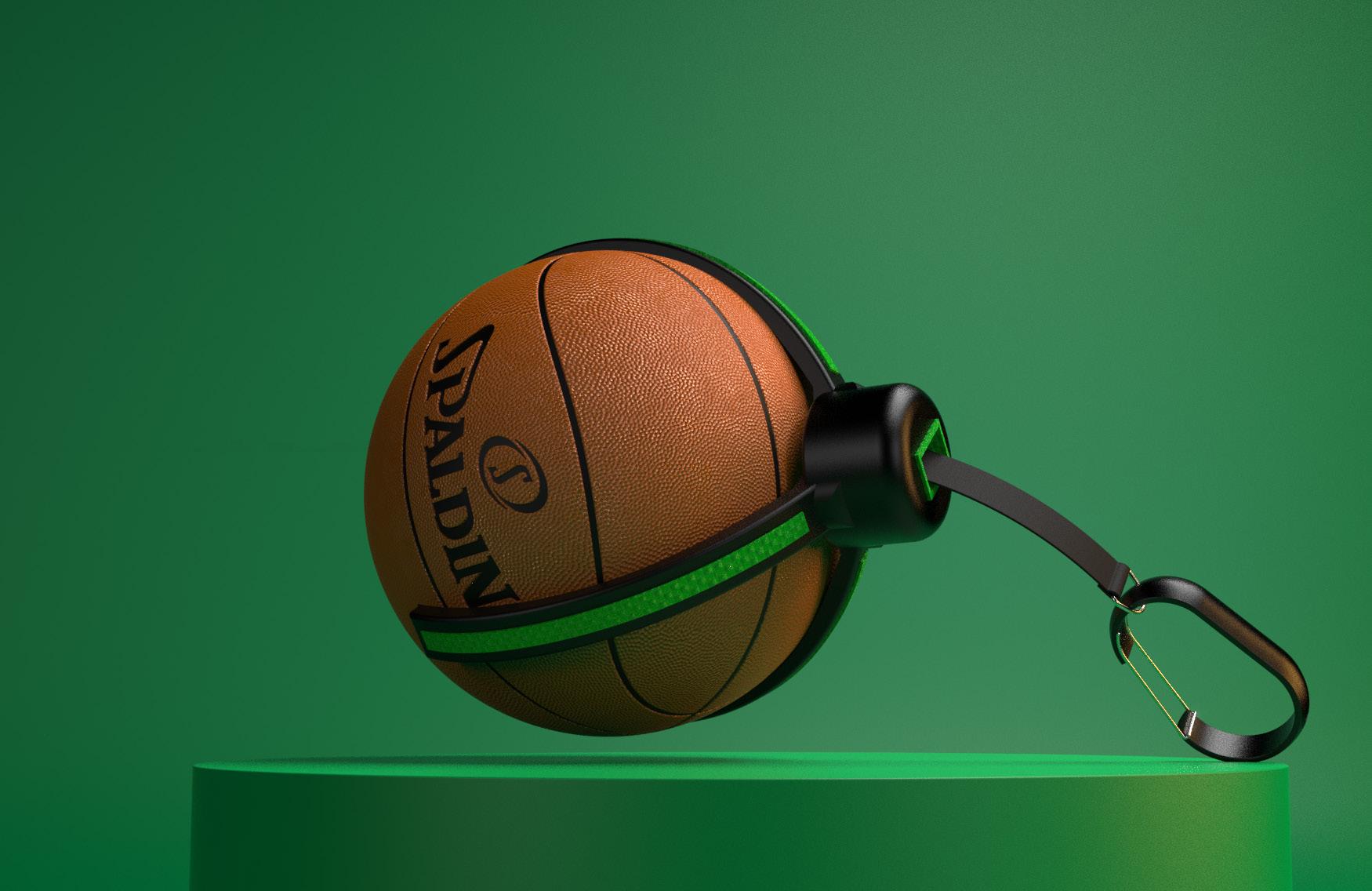
As a basketball player, I always found it challenging to carry the ball around wherever I go. Talking to my teammates and seniors, I tried to get more insight into this matter, and found out this is a common problem faced by many people. Those who commute by bicycles or mopeds struggle even more, lugging the ball around while riding. I knew what I had to work on and started ideating. An eagle’s claw- which can hold double its
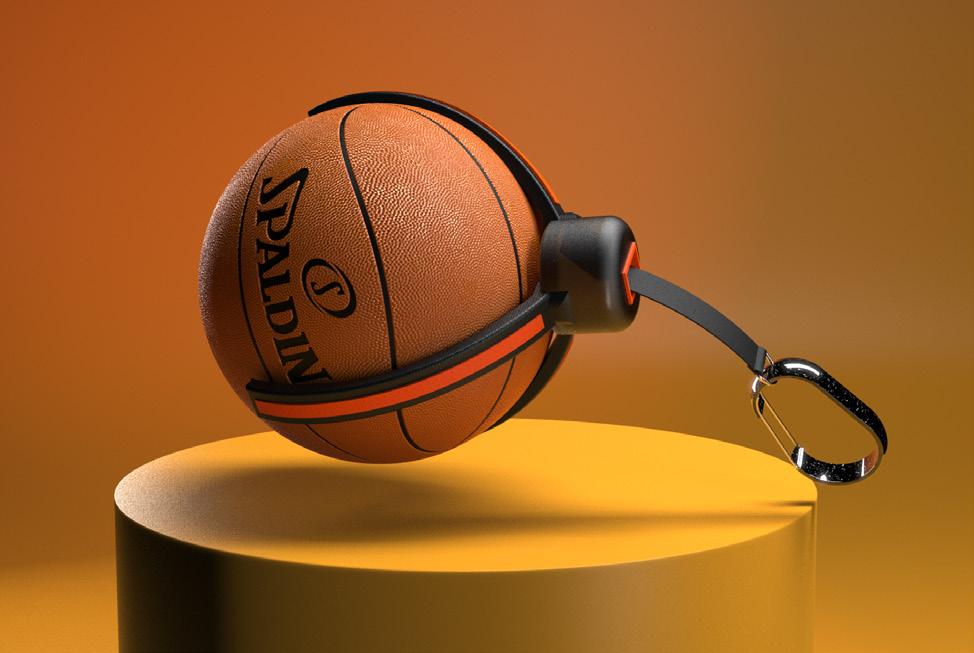

weight is what inspired this design. An eagle’s claw has 4 talons, I added only three to mine and kept every talon at different angles- one at 90 degrees and the other two at 45 degrees so the grip will be stronger to make this clip-based claw. As this project has been in the making for the past two years it was a huge surprise and an honour to see this project featured on Yanko Design.
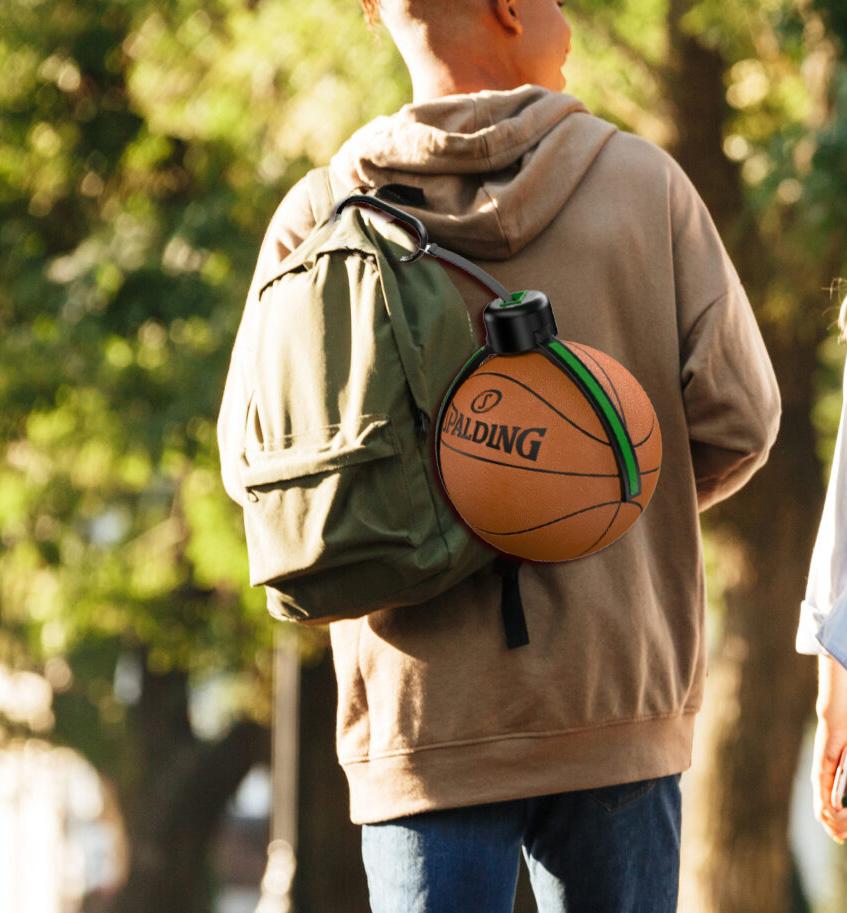

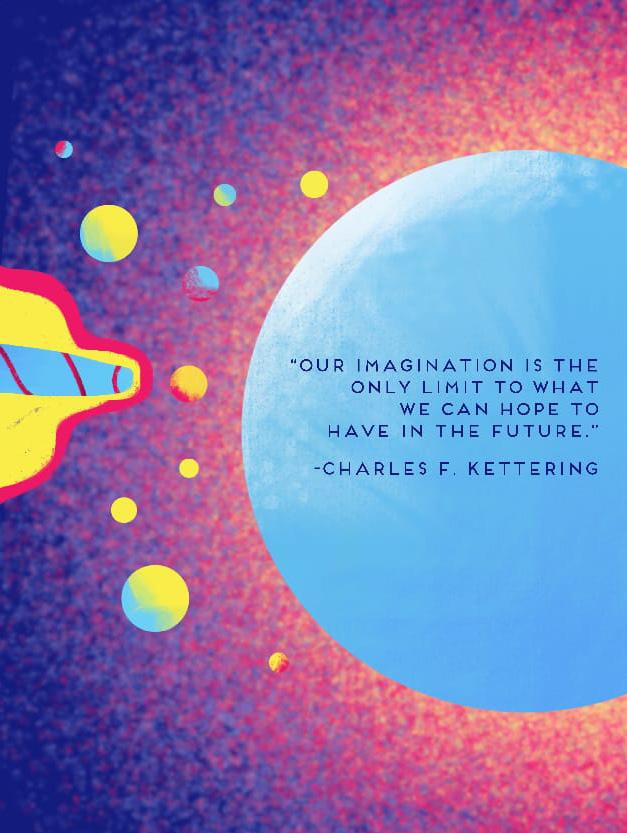
Not only has he worked with the top company Microsoft but has also actively taught for two years. His motive through Invact is to build an enjoyable platform where students can learn efficiently and at an affordable price.

Her day-to-day tasks vary from marketing, product design, and community. She holds a degree in Statistics and has been exploring her interests in business and strategy.

Do you play PUBG ? Or did you ever play PubG? Even if you didn’t, you must have an idea of what the game is. The popularity of PubG soared among all ages during its peak. The user experience was a major factor. But the underlying factor in its success was the community around the game. In fact, games like PubG, Fortnite, or Roblox are popular because you can play them with a community.
Humans are inherently social beings. Being a part of a tribe was a necessity for survival. If you were left behind, you couldn’t survive. With time, the necessity of companionship genetically coded itself as a survival tactic. That is why, even today, we are always on the lookout for our tribe, our circle, and our community.
Moreover, a community brings accountability. You might get tired walking a kilometer but you wouldn’t mind a 5 km trek with friends. You may not exercise alone, but if your colleagues have enrolled in the office gym, you will ensure that you don’t miss out on those sessions. Along similar lines, you may not want to study before exams. But if you see your roommate studying day and night, you will at least pick up a book.
This is why we need a community.
As much as online education has been popularized, it is inherently flawed. Online education is limited to the rectangular box that pops up on your device screen. Students who started their college or high school during COVID-19 missed out on networking, opportunities, and more importantly friendships.
A well-rounded education requires community.
That’s what the Metaversity solves for.

A well-rounded education requires community.
“ ”
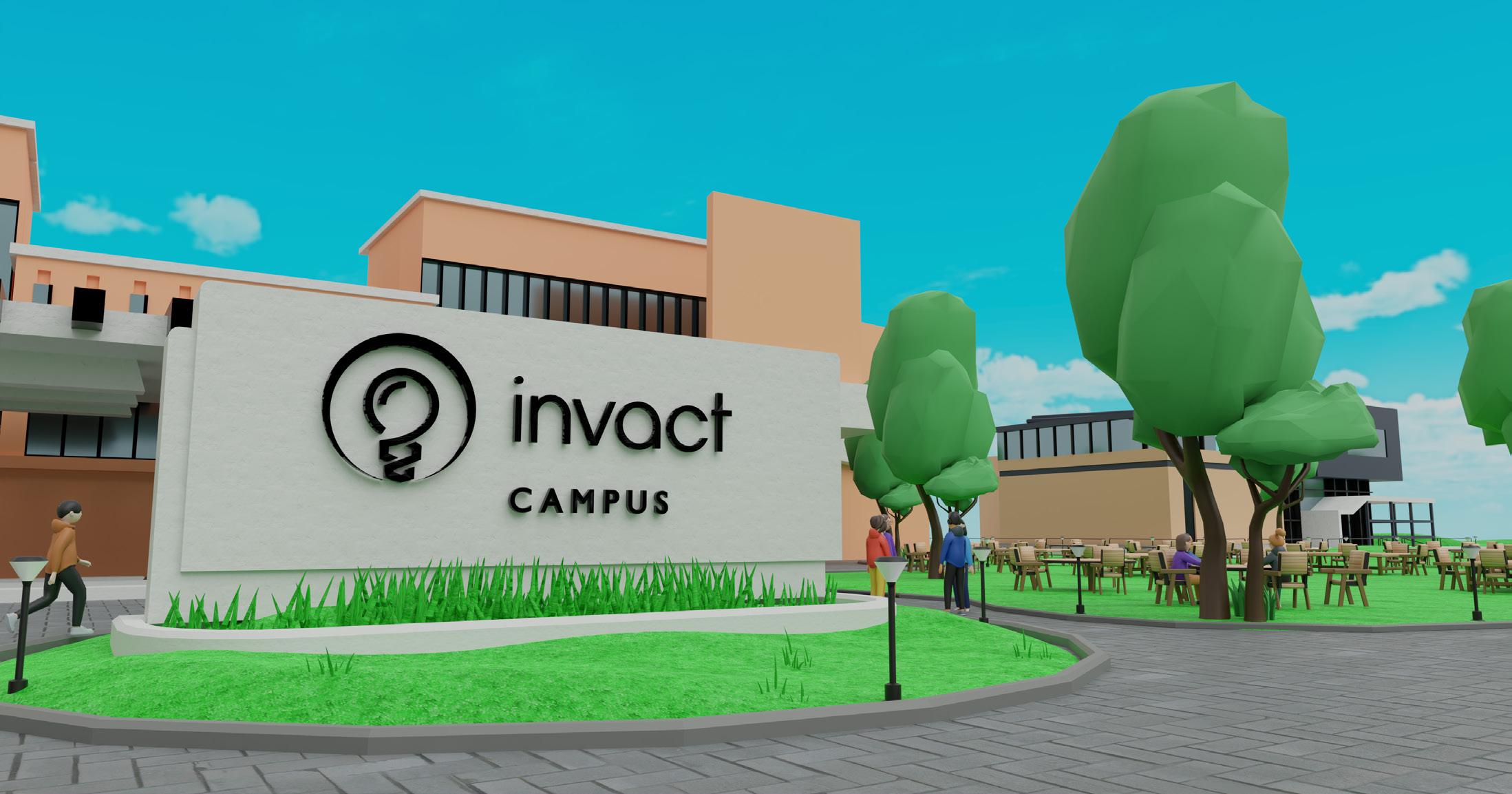
The Metaversity is a virtual learning space that can substitute static web pages on PCs and smartphones with 3D environments in which we participate as fully immersive avatars. The best thing about the Metaverse is that it facilitates social interaction so that learners are never alone. Unlike a scheduled Zoom call, which closes all communication when you hang up, Metaversity is constantly bustling with activity and allows for seamless peer-to-peer interaction.
Think of the Metaversity as PubG, with education and learning, in place of parachutes and chicken dinners.
To build for the future, the groundwork you need to do is to understand and dive deep into the real problems faced by the country.
In terms of demography, India is unique. More than 35% of its population is below the age of 35 years - a solid workforce. However, the country still struggles with poverty. The saddest part is that companies and start-ups, especially ed-tech, are focused on the top 1% of the nation. No one seems to care for the larger audience at hand - How do you build for the 99% ?
Thanks to Jio, India has 4G Internet connectivity even in the most remote places. Smartphones are now available under Rs. 10,000. Laptops can be purchased at Rs. 30,000. That’s all you need to study on the Metaversity.
We have designed the Metaversity to work on low Internet bandwidths. It requires minimal processing power and a storage size of less than 10 MB. That’s less than the size of a photo on an iPhone.
You do not need AR/VR headsets. A browser and a decent Internet connection can open the path of opportunities for you.
Why would the 99% pay for a spatial experience?
As an engineer-turned-entrepreneur, the process of understanding the business aspects of building a company does take time. Thinking back to college days, the mystery to why Indians would pay for an experience like Metaversity was unraveled.
I hailed from a lower-middle-class family in Bokaro, Jharkhand. But my family did not bat an eyelid before taking up a humongous education loan in the hopes that I would give them a better future. Indians have the propensity to pay for education because they consider it the only way toward a prosperous future. Along with all its amazing features, Metaversity has been created to educate learners and open up career paths for them. It is an education-first product.
Metaversity is the medium to ensure that students consume the content, find their community, and build their careers.
To build for the future, the groundwork you need to do is to understand and dive deep into the real problems faced by the country. Technology is that the tip of your hands, all you have to do is fit the pieces of the puzzle. Solve the right problems with innovation and information.
But how do you design a Metaversity for India?
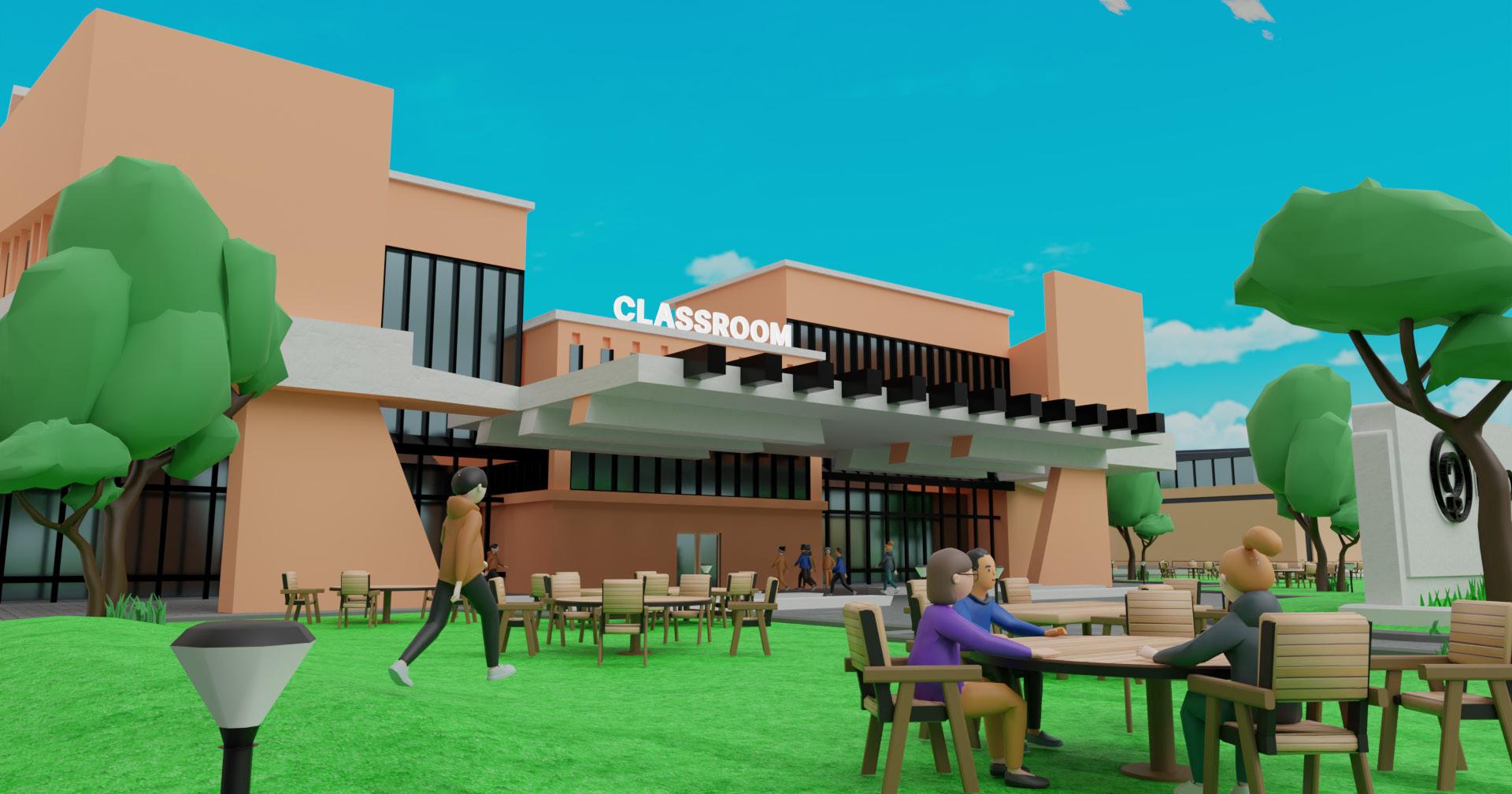
Indians have the propensity to pay for education because they consider it the only way toward a prosperous future.
”
Innovation is born, when design, business, and technology come together. Innovation is the future, and I am part of it. Having this in mind, I thought about what I would do with innovation. It is said necessity is the mother of innovation. But, laziness could be the father of innovation.
In this illustration, I innovated ten hands. Each of these hands assists me in completing my daily tasks as I enjoy doing my illustration. One of my hands controls the mouse, while the other controls the keyboard. One assists me in finishing my meal, while the
other assists me in annoying and pulling my roommate’s chubby cheeks. As a result, my laziness aids in the innovation of these hands and heads. Although it is not perceived to be a positive attribute, tapping into your inner laziness might be beneficial.

Ever since I discovered my passion for all things visual, I’ve always been fascinated by small pieces of graphic ephemera with their ability to hold and present information in the most satisfying of manners.
Being a Mumbaikar, I have the fondest memories of travelling by the iconic BEST buses from Vashi to Sion (for those not acquainted with the geography of Mumbai, these are two suburbs) with my mother to visit my cousins and I would usually spend the journey either peeping out of the windows and being fascinated by vehicle number plates or falling asleep and waking up with droopy eyes. The OG BEST bus tickets which have been discontinued now were the source of inspiration for this piece.



Best-selling Author, Futurist Founder of The Future of Work University
Jacob Morgan is a four-time best-selling author, TEDx, keynote speaker, and professionally trained futurist. He has been endorsed by the CEOs of Cisco, T-Mobile, Unilever, MasterCard, SAP, Best Buy, Schneider Electric, Whirlpool, Kaiser, Domino’s Pizza, Audi, KPMG, St. Jude Children’s Research Hospital, and many others. You can learn more and connect with Jacob Morgan at TheFututreOrganization.com linkedin.com/in/jacobmorgan8

Are you prepared for the future? What about your organization or the people around you? Thinking like a futurist is the #1 skill that over 140 CEOs I interviewed identified as being most crucial for current and aspiring leaders. But what does that mean and how do you do it?
Futurists don’t predict the future, but they do make sure their organizations aren’t surprised by what the future will bring. Thinking like a futurist involves looking at different possibilities and scenarios as opposed to picking one path and sticking to it. It’s a bit like playing a game of chess where you consider your opponent’s moves and your potential responses. Most leaders use the old way of thinking where they find one possible scenario for the future and plan everything around it. But as the world starts changing even faster and the number of possibilities grows, organisations and leaders should be able to adapt and prepare for numerous possible scenarios and outcomes.
One especially helpful framework to accomplish this is called the cone of possibilities. Imagine peeking through the narrow end of a cone. As you look through it, the narrow portion represents things that could happen within the next few days or months and are fairly clear.
However, as you look farther down the cone, it gets more expansive with more possibilities and when things are further away and not clear this could lead to a longer time horizon of up to several years.
“Are you prepared for the future?”
Futurists don’t predict the future, but they do make sure their organisations aren’t surprised by what the future will bring.
“ ”
To think like a futurist, you must look beyond what could happen in the next weeks or months. You have to be open to the entire cone of possibilities. The point is to think in terms of possibilities and scenarios and be open to numerous situations. As you look through the cone, it’s important to ask yourself four questions:
• Why might “this” happen or not happen?
• What else might happen?
• What do I want to happen and how can I make it happen?
• What factors might influence why this will or won’t happen?
Let’s walk through an example, considering the following scenario: millions of people will get replaced by technology over the next 5 years.
Why might this happen?
Technology advances at a more rapid pace. Leaders at organizations prioritize technology over people.
Individuals don’t focus on upskilling or retraining themselves.
What else might happen?
Things will stay the same as they are now. Mundane jobs will be replaced but new jobs that focus on human skills will get created.
What factors might influence why the various scenarios will or won’t happen?
Things will stay as they are now.
Technology advances are minimal. We are focused on other areas such as a pandemic.
Mundane jobs get replaced and new human jobs are created.
Technology advances to focus on routine work.
The need to create more human organizations takes centre stage.
What do I want, and how can I make it happen??
I want anything mundane and monotonous to be replaced by technology and I want humans to focus on jobs that require their unique human skills and mindsets.
You can ask yourself these questions about small or large decisions you need to make. For example, around areas such as automation and jobs.
Asking yourself these questions for various scenarios can open your mind to new possibilities and help you decide what outcomes are the most likely. With that mindset, you can start to prepare yourself and your organisation for the future.

We can’t afford to wait until something is right in front of us to pay attention to it. Stay informed on what’s going on in the
world, how technology is being developed, and what your competitors are doing. This information can help you be aware of how the world is changing and let you know what you can do to prepare. Thinking like a futurist is a skill that takes time to develop. Putting yourself in the right mindset and being open to new possibilities can help train your mind to consider the future and be prepared for whatever comes your way.
If you ask yourself these four questions regularly, you will develop the skill of the futurist.
We can’t afford to wait until something is right in front of us to pay attention to it.
Made using a blend of digital painting, photoshop and blender 3D, Intezaar is an artwork showing a broken statue, half underwater, gradually emerging out as the glacier around it melts. The word ‘Intezaar’ could be interpreted in many ways, since the existence of the statue in the middle of the glacier is, in itself, quite mysterious.

The rays from the statue’s eyes looking towards the sky could symbolise foresight, showing the statue using its ability to plan for what only it knows, for what’s to come. Inevitably.



Sanjay Jain is the Founding member of Avantika University and presently, working as Professor Emeritus. An experienced Industrial Designer and accomplished Design Leader, he has served in various organisations i.e. Wipro Lighting, Bajaj Electricals. After two decades, he turned to academics and joined MITID Pune as Founding Director, Academics. As faculty-mentor, he has facilitated student learning in the areas of Critical and Creative Thinking, Everyday Science and Creative Intervention (STEAM), Intelligent Materials and emerging manufacturing processes, Emotional Design, Nature-Inspired Design and System Design.
He is striving to make a difference in the learning processes of students, faculties and professionals. He always has creative solutions for difficult problems and is a firm believer that designers will transcend gender, racial, color, economic, and cultural biases and create impactful and inclusive solutions.
https://www.linkedin.com/in/sanjay-jain-553ba63/
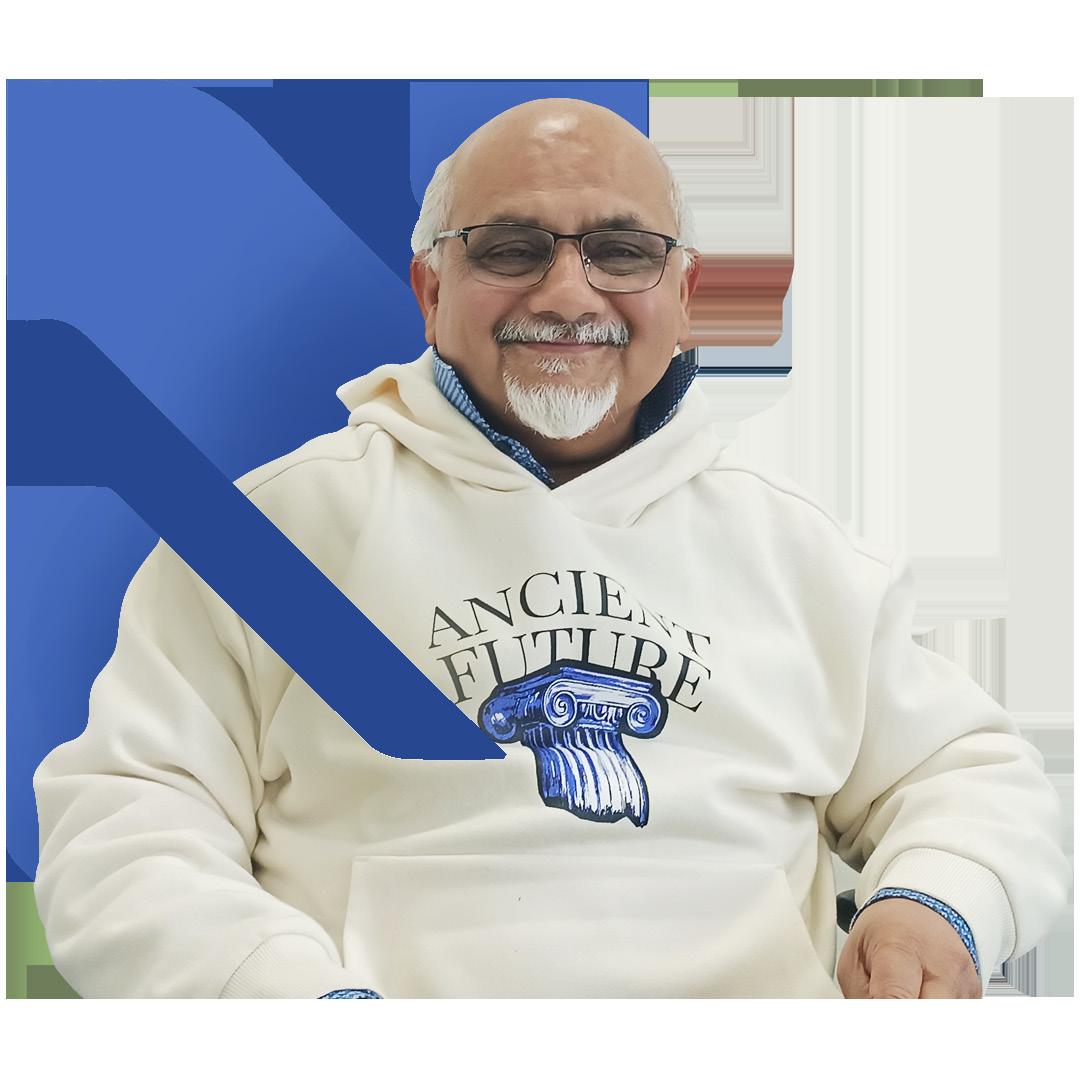
1. Biomimicry is an exercise that learns from and mimics the strategies in nature to solve human design challenges. How does this practice pave the way during a blockage in design?
I believe that biomimicry is not an exercise but a deep rooted methodology that we have been following since our evolution, to survive, and improve our lives.
We have been always mimicking nature by observing and experimenting. We learnt to generate fire by rubbing natural stones and continued our interventions with diverse materials to make it a household process. Of course, it has taken ages to fine tune it. We chiselled stone tools required to hunt animals. Biomimicry can be termed as a natural human response to adapt to nature’s treasures. Nature by herself has solved most of its problems through its evolution over at least 3.5 billion years.
Nature is a limitless treasure trove of a few million diverse species, processes, and strategies - so when we hit a roadblock in our design processes, just ask how nature would have done it?
https://asknature.org/ is a portal to the wisdom nature holds. The portal is an excellent resource and well-curated repository with contributions from biologists, nature researchers, scientists, and a wide array of experts.
I will like to quote Janine Benyus, a veteran biologist, a science writer, co-founder of the Biomimicry Institute, and owner of Biomimicry 3.8 - which is the global leader in biomimicry innovation consulting, professional training, educational program, and curricula development.
She said, quote, ‘’When we ask nature, first we quiet our human cleverness. Then we ask, and then we listen. The answer is the echo that bounces off of the land herself. With the solution in hand, we always end the circle by saying thank you” unquote.
2. Biomimicry is the concept of taking inspiration from nature and as humans, we intend to destroy nature by making more and more synthetic materials. Will using nature as inspiration result in its further degradation?
We are also an integral part of nature but we have distanced ourselves from it due to our greed and excessive consumption. At this point I don’t think we can even be called a part of it. It is not that nature does not make errors, but unlike errors created by humans, her errors are short-term, localised, and benign. The opposite is true for errors created by us. Look at the situation in Ukraine, our errors are long-term, globalized, and malignant.
I believe that biomimicry is not an exercise but rather a methodology.
“
”
As a child I used to go for long walks, and I used to notice small, thorny, berry-looking fruits stuck on the goats’ furs and dogs’ coat (I got to know later, these berries were burdock burrs). These burrs that get hooked on the animal fur/hair inspired Velcro - a widely used, new age man-made fastener, using plastics. The basic intent of this symbiosis of plant and animal is to help burdock plant disperse its seeds far and wide for continuing regeneration. What causes degradation of nature is our obsession with making and using new materials that are not earth-friendly. Velcro was finally made with special manufacturing processes using plastic. We could have done it with biodegradable materials but since plastic is cheaper and easy to mass-manufacture we went for it. We could explore the use of biodegradable materials and suitable processes. We need to be aware that nature has only a few basic goals, reproduction of her progeny over multiple generations, nourishment and survival in extreme conditions. Nature mostly achieves these goals with unparalleled economy, elegance and exuberance.
I also think that we are constantly driven by our greed, and keep developing special materials to achieve a diverse range of functions. In the process, we mindlessly mine and ferret earth, taking away her nutrients causing irreparable degradation. We use rare earth materials like Neodymium, Lanthanum, and many more to create millions of computers and microchips. This extraction needs a humongous amount of energy, water and other resources. Interestingly, we are now trying to recover traces of the rare materials from the huge pile of electronic waste, using vast resources including time. And it goes on.
In a stark contrast to what we do, Nature uses only a few elements that are available in abundance - Oxygen, Hydrogen, Carbon, Nitrogen, and a couple of more to orchestrate this magical life we have been experiencing around us.
The products we design are engineered to be self-obsolete and become dead post-service and in my opinion become deadlier by lying out there and not bio-degrading. The way I see it, our problems start when we imitate nature blindly and don’t understand her basic intent.
3. Biomimetic materials are natural biological materials that we replicate through synthetic materials. How can we improve this system to be more sustainable?
We all are aware that sometimes concrete infrastructure like buildings, bridges, tunnels fail and collapse. One of the causes is development of micro-cracks in the concrete that keep getting bigger and bigger causing eventual collapse. Imagine concrete that can heal itselfStress-responsive Bio-Concrete - based on Microbially-Induced Calcium Carbonate Precipitation. These bacteria ingested in the concrete wake up only when the cracks
All the problem starts when we take nature out of its context as a matter of perspective.
“
appear. When they come in contact with water and oxygen, they produce Calcium Carbonate as a by-product that seals the micro-cracks. Having done their job, bacteria go back to a state of sleep (called stasis) until new micro-cracks appear. Isn’t it fascinating!
Now, for that to happen we need to go beyond biomimicry and explore the exciting and emerging field of Biodesign. Biodesign is integrating natural materials with man-made materials. We can create sustainable products that can be formed by integrating natural materials like plants, animals, bacteria and fungi with man-made materials.
In this context, I would like to mention Neri Oxman, who is an Associate Professor of Media Arts and Sciences at the MIT Media Lab, where she founded and now directs the
Mediated Matter research group. She experiments with design-inspired nature deploying nature’s fascinating processes. We should look at one of her mesmerizing projects where she gets 65000 silkworms to weave a structure in a designed environment conducive to create and live and reproduce.

4. Knowing that nature is sustainable, we are trying to achieve the same through a circular economy. Will this system contribute to greater sustainability?

Yes, of course, there are two types of material handling, Cradle-to-Grave, where the material goes directly to the graveyard post its service life and Cradle-to-Cradle where the material is repurposed and sees its second childhood.
In Brazil, users are encouraged to deposit used Coke cans (thin aluminium) in a network of kiosks. These cans go to recycling facilities where the same material is used to make more cans. This is a good practice as through this you are creating longevity of the product without sending it to landfills. This is a step towards a circular economy, by improving longevity of the designed products.
The word ‘waste’ does not exist in nature’s dictionary. What gets destroyed by humans gets mended by Nature.
“ ”
The city is still a ghost town as there is hardly any humanity but it is a natural oasis. Nature repairs and rejuvenates what gets destroyed by us if we don’t further intervene.
Start with spending part of our day with nature. Explore opportunities to go for long walks and closely look at some of its creations and processes with childlike curiosity, and ask how it happens using vast resources available. Explore and experiment with natural and local materials. When we talk about sustainability it’s all about localising - local materials, local processes, local skills, and local needs. Nature does it all the time. Many geographies in our country have done just this. In Kerala, they use the entire coconut tree and banana plant, to develop a wide range of products to boost the local economy and serve their needs.
Some of my students have worked on Nature Inspired Design. One I distinctly recall is about Fog Carps inspired by the Namibian beetle. The beetle has the skills to face the fog head-on and its body has hydrophobic and hydrophilic bumps that help it gather moisture from fog to its mouth. The Fog Carps designed by the student team designed a suitable net to trap fog moisture and use gravity to collect the clean water cascading down.
Don’t be guided by greed, as that is the root of our destruction, is another thing that everyone should learn from nature.
The word ‘waste’ does not exist in nature’s dictionary. If we do not cut the trees before they die they will replenish the earth after their natural death with the nitrogen recycling. It seems nature does not even know we exist. If we leave nature by itself, it will heal on its own. Look at how the city of Pripyat, Ukraine (then Soviet Union), has been transformed by nature after it was evacuated post the Chernobyl nuclear accident in 1986.
Written by Priya Das Suchira Biswas5. What can we learn from Nature as students and designers?
“
However, Biodesign goes beyond Cradle-to-Cradle, where nothing should go to the graveyard at all, it can constantly rejuvenate, heal itself and remain useful.

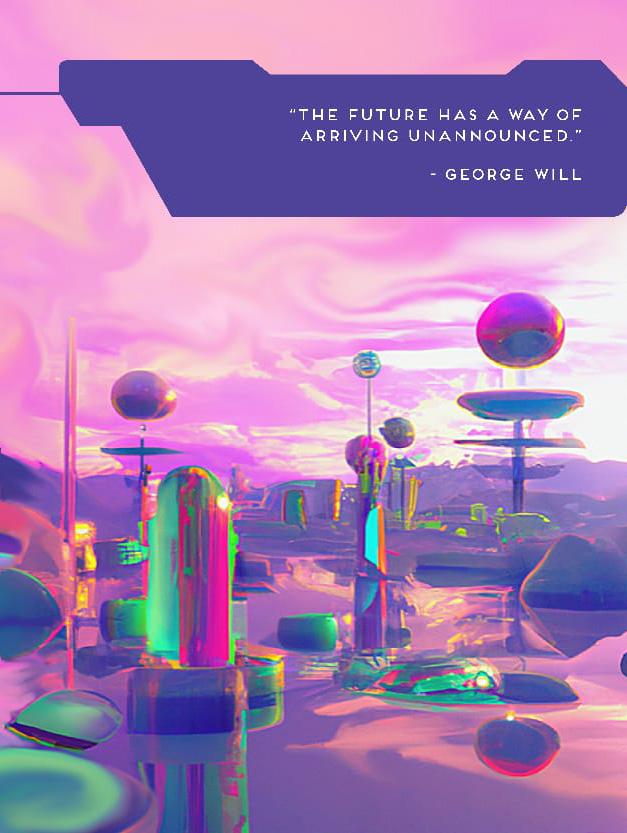
A budding designer, studying industrial design. A colourful personality, she is quiet but engaging when she speaks. Janlyn has a passion for research, comedy and writing, in this section, she explores her passions while giving us all some well-needed laughs.

Dear Diary,
I wake up to another day of the same day or should I say days? To another monotonous routine of everyday events. I put on the most mechanical smile and almost robot walked down to the sidewalk of what once used to be bustling with life now lies in ruins, to grab a coffee. “Is it just me or does it actually taste like motor oil?”
But now I don’t have time to think about it, but against my better judgment, I do think about how time is now an alien concept since it happened, since it all happened.
No, let’s not spiral into that array of thoughts, back to where we were; my day. I clock into my tower to watch the chaos unfold, a brand new form of silence. And even though I have explained to you about a million times what is that I do, I will repeat it once more for my own sanity or the lack of it.
I watch over, I watch as the day turns into night, I watch as the wind passes by, I watch ‘cause that is all I do. I stood and watched as humanity turned on itself and as they destroyed themselves along with their sole part of existence.
It’s called by many names, I like to refer to it as the celestials called it, “THE GENESIS”. But I never understood why, why it took the death of another star to bring life, it chose to take away. Why was the doom of a certain being so celebrated when in reality it was such a sad moment? Just Why?
A fast forward to this moment, I decided to take a nap but rather am startled by a sound and yes, that’s pretty unusual ‘cause I don’t know what sounds sound like other than a rumbling of an engine and that’s the only sound I have ever heard like the whole world is just one big machine that never ceases to stop.
And it’s getting louder every moment, like it’s a little rhythm, all the same, but a little different, like it almost had a beat to it. A small thump here and there, and with every passing minute, I puzzle at this strange noise so strange I can almost feel it. I clutch to my body or what remained of it,
to stop it, to stop this feeling but it only got worse ‘cause it moved, it moved from my hands to the tip of my fingers and as I held on tighter I felt it shift through me.
And there I thought this is how the end felt, the end of another star, the end of it all and it felt alive.
A word from the author:
The concept of this may remain unclear so I would like to put down a few thoughts, which you may choose to accept or reject or even make your own opinion of it.
Here I have tried to interpret the circle of life in the future where a constant question lies forward on the illusion of human existence.
The world goes on without us, or rather flourishes at the end of humanity itself, we are what holds it back from its true potential.
But what if we are given another chance, would we make the right decisions?
https://www.linkedin.com/in/janlynjoyce/
Designer.
Officer of COLLINS; an independent strategy and brand experience design company, with experience of working with driven leaders, demanding CEOs, ambitious CMOs, hard-driving founders, eager investors, and obsessive designers in different sectors like technology, food & services, health, retail and so on alongside brands like Google, Spotify, Target, IBM, Twitch to name a few, he is building a relevant future, now.
https://www.linkedin.com/in/briancollins3
 Creative director. Educator. Chief Creative
Creative director. Educator. Chief Creative
My father had a stroke last year and survived due to good luck, timing, and doctors. When I arrived at his house in Florida as he was recovering, he gave me a gift: the book The Art of Mickey Mouse.
He said, “You always loved Mickey Mouse as a child, Brian. So did I. As an artist, I thought you’d really like this book.”
I did. One of my first memories of a gift from my dad was a Mickey Mouse marionette made by the Pelham Puppet Company from Marlborough, England.
I brought it downstairs to breakfast, my dad said: “Oh, I see you found your new friend. He said he was looking for you.”
And then addressed the puppet in my hand.
“Good morning, Mickey.”
My father did not refer to the thing in my hands as a doll, a puppet, or as a toy. Simply… “Mickey.”
He was both real and unreal. At that age I chose to believe that the animated world existed—somewhere—and Mickey had come from that world into mine.
Mickey Mouse has always represented bravery in the face of adversity. In his challenges and adventures, from Mickey and the Beanstalk to The Sorcerer’s Apprentice, Mickey tangled with forces far beyond his control. Every time he persevered, survived, and—ultimately triumphed.
Disney said this about his work: “We have created characters and animated them in the dimension of depth, revealing through them to our perturbed world that the things we have in common far outnumber and outweigh those that divide us.”
At 11, I was doing my homework for history class, and my assignment was to interview my grandfather about why he left Ireland and how he came to the United States.
Due to isolation on the Atlantic’s fringe, Ireland was never conquered by the Romans, and it never became as civilised as the rest of Europe. It was always a little wild, a bit pagan, a bit... different. So to speak, it never lost its accent. It always clung to superstitions, legends, and folklore, as the “enlightened” continent would call them. It embraced the imagined world more than the rest of the West, through poetry, myth, dance, and music. This is still the case today.
My grandfather used to tell me fantastical stories from his life in Ireland about fairies, ghosts, and banshees which would terrify me but were exciting at the same time since these stories transformed me. I dared to ask him as part of my homework, “Grandfather, do you really believe in banshees?”
An idea thrives when it connects people to something larger, something profound and lasting.
He replied, “What do you think I am, a fool? Of course, I don’t believe in banshees.” And then he said, “But they’re there, anyway.”
His reply has stuck with me for the next four decades. I was asking my grandfather to tell me what was true: the real word or the magical world. But he rejected the dichotomy and allowed a third possibility: a place where the real and the magical exist side by side.
That place is called enchantment.
Enchantment is different from reality, and fantasy.
Reality tells you to resign yourself to the way things are. To wake up. To get real. To be attentive.
Fantasy asks you to escape. To pretend. To imagine. To dream.
Enchantment invites you to inhabit both worlds at the same time. Enchantment is the intersection of the mundane with the magical. The prosaic with the preposterous.
Let me illustrate what I mean.
‘Mister Rogers’ Neighborhood’, a children’s show, premiered on National Educational Television in February 1968. On Mister Rogers’ Neighborhood, there were two neighbourhoods: one in the real world, with real people—postmen, teachers, police officers, chefs—and the other, the Neighborhood of Make-Believe, with hand puppets representing King Friday the XIII, Queen Sara, X the Owl, Henrietta Pussycat, and Daniel Striped Tiger. The show separated the two worlds. What does all of this enchantment have to do with my own work? What does it have to do with design?
In every assignment, I’ve ever worked on, what a client was ultimately (and secretly) asking for was enchantment, not a new campaign, a new website, or a new store.
The secret hope for enchantment sits at the heart of every assignment.
An idea thrives when it connects people to something larger, something profound and lasting. Even mythic. The trend lately has
To fuse these seemingly opposing forces into a new unity rather than putting one above the other. When we do that, we can find the meaning that fulfils our longing. That’s the work of design.
”
to “a purpose”—to a shared higher value, a worthy cause, or a noble goal. There are a lot of talks, thoughts, and efforts around that. While agencies are breathlessly devoted to “purpose marketing.”
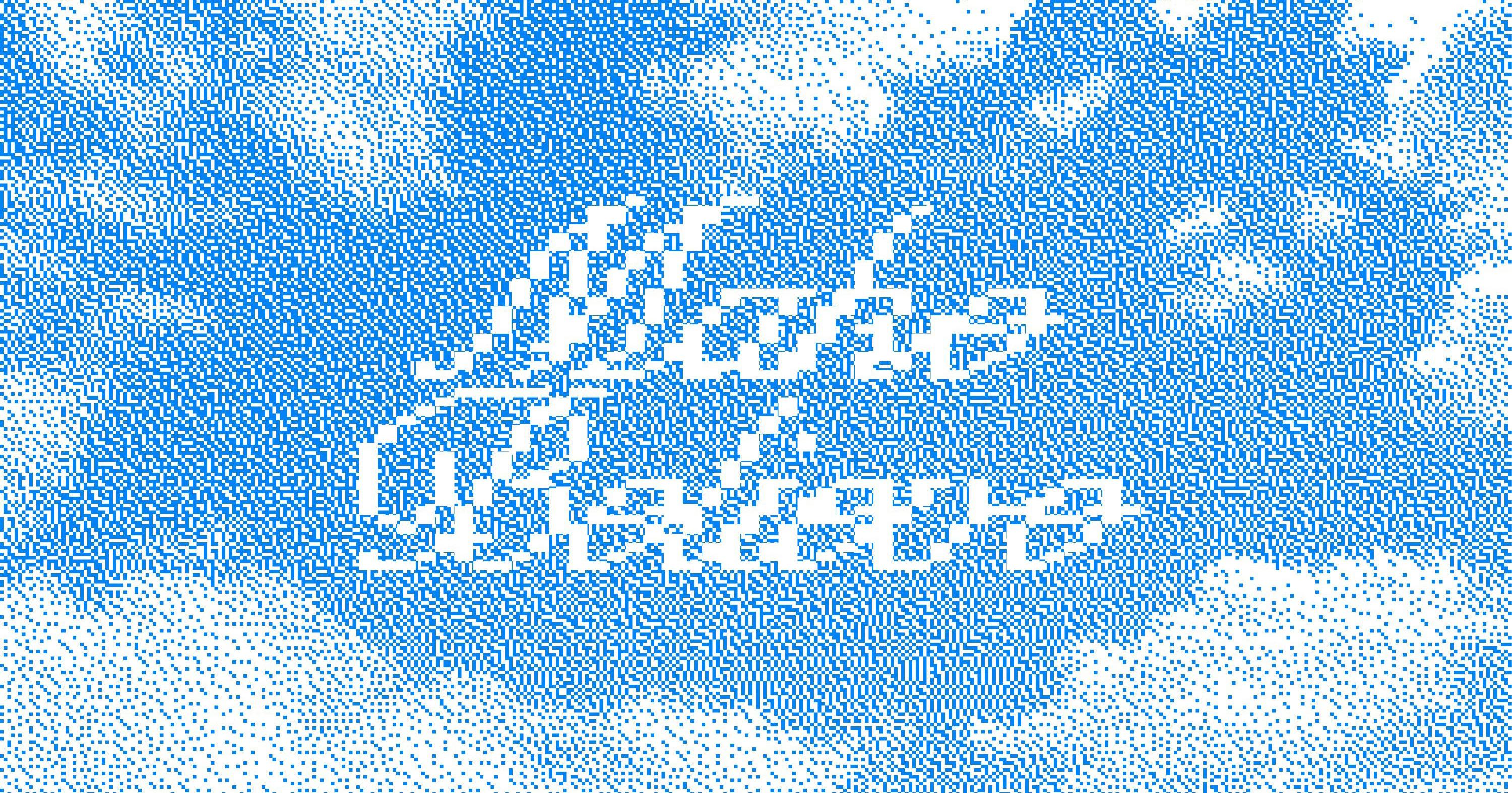
Purpose asks “why?” A good question.
Enchantment asks “why not?” A daring one.
What sits underneath purpose is a deeper hope: the longing for meaning. We are imaginative beings inhabiting physical bodies. We exist at the intersection of the real and the magical, of substance and soul, of our current state and an unknown future.
And the meaning we seek comes when we, like my grandfather, choose to fuse these seemingly opposing forces into a new unity rather than putting one above the other. When we do that, we can find the meaning that fulfils our longing.
That’s the work of design.
Do you have an iPhone? Take a look at the logo on the back. It’s an apple with a bite taken out of it. This goes far beyond
technological purpose; it connects us directly and overtly to myth. To one of the foundational myths and themes of Western civilization itself—the deliberate partaking of new knowledge. The Apple logo asks, in effect, “Are you awake?” Other companies will take care of you if you want to be asleep. Apple states it is enlightened and is offering that enlightenment to you.
There is little coincidence it became one of the most successful brands in history. An overt connection to myth, to the divine. The inherent meaning, even from a company that exalts individual drive and effort above all, is that victory ultimately lies beyond the physical and rests in the lap of the gods. In the realm of enchantment.
Just starting out as a designer my best friend, a fellow designer and classmate, had become terribly sick. In fact, growing numbers of gay men in New York and San Francisco began developing mysterious, terrifying illnesses.
Some were cancers. Others were opportunistic infections rarely seen in the United States. Soon, gay men started dying by the hundreds, then thousands. Several close friends of mine died including my closest and oldest childhood friend.
There were early theories. But it seemed that few outside the gay community cared to learn the truth. Several reporters and White House officials laughed when questions about the growing “gay disease” were asked at early press conferences.
The plague eventually had a name: Acquired Immunodeficiency Syndrome.
AIDS.
Of course, gay people had been misunderstood, feared, shunned, and hated for generations prior to the advent of AIDS. Sometimes killed. At the outset of AIDS, these threats intensified. Rumours about the bodies of its victims abandoned in alleyways and outside hospitals became harsh reminders: gay people were not safe. The message was clear if you were gay: to be safe, you must be silent. Stay in a closet. Be invisible. But Gilbert Baker had a different idea—a designer in San Francisco, he wanted to signal that being gay was normal. He bought back an ancient myth into the real world.
Genesis claims that a sign appeared in the sky after Noah saved all the animals from the Great Flood. A rainbow came to stand for God’s promise that he would never again permit all living things to perish in floodwaters, as the flood had already killed off all other creatures. The rainbow held out the possibility of a hopeful future.
In the darkest hour, gay people around the world raised the same symbol. It wasn’t a symbol of grievance or anger or revenge. It was a rainbow. It was the most visually powerful way to say, “Have hope.”
By the early 1990s, people were not only
waving the rainbow, but wearing it proudly: pins, jackets, jeans, shirts, and a lot more. This flag was the enchanted peak of a rising mountain that we had set our eyes on, knowing that there was a dark forest ahead of us. Not all of us would make it through. But when this flag appeared, it gave millions of people hope.
I was 58 walking home through Times Square. It was Pride month, and I saw Baker’s rainbows everywhere— store windows, billboards, taxi tops, and shop displays jammed with rainbow-slathered merchandise. I wondered, mesmerized by colourful explosions of support for the LGBTQ+ community by all kinds of celebrated, beloved brands. Eventually, I passed the flagship store of the most powerful media company in the world and saw a giant white box.
This is the quintessential nature of design: to craft symbols, stories, and artefacts that ultimately shape hearts and minds—that shape us—for the better.
”
Inside were piles and piles of stuffed Mickeys, covered with Gilbert Baker’s vivid rainbow. Young parents gave them to their giggling twins strapped in a stroller. A teenage couple took two and hooked them, swinging, off their backpacks. Others were lining up at the registers to buy one.
A small, tasteful sign told me that The Walt Disney Company was donating proceeds to a leading educational organization for LGBTQ+ students. I was elated. Standing there watching this unfold around me, my joy unexpectedly turned to grief and my friends were not here to witness this milestone.
The rainbow flag was designed out of a necessity to be seen and understood— the greatest gift that human beings can give to one another. To help people rise and use their voices and creativity to become visible. To see Baker’s enchanted rainbow on this Mickey Mouse said this: The future we had hoped and worked for in the ’80s was being installed today.
It had become real.
On a good day, this is the quintessential nature of design: to craft symbols, stories, and artefacts that ultimately shape hearts and minds—that shape us—for the better.
Hope, too, is a form of enchantment. It allows us to cope with an uncertain future. Hope is our imagined, better reality. It is not a cheap “coping mechanism.” Hope is an illogical faith in what is currently the unreal, the impossible. We do not simply want enchantment; we cannot survive without it. Life itself is a struggle between grating reality and this need for transcendence, especially in this brittle and unreliable time. Working to bring transcendence to the world is one of the best ways for designers like me and my team to engage in that struggle. One method is enchantment.
It is our job, our calling, to bring magic into the real.
To craft films where a mouse can talk.
To open doors through which impossibly Big Birds can enter.
To place inconceivable technologies in our hands.
To push us to run as fast as gods.
To sew rainbows that raise hope for a better tomorrow.
“Hope is our imagined, better reality. It is not a cheap “coping mechanism.”
Hope is an illogical faith in what is currently the unreal, the impossible. We do not simply want enchantment; we cannot survive without it.”
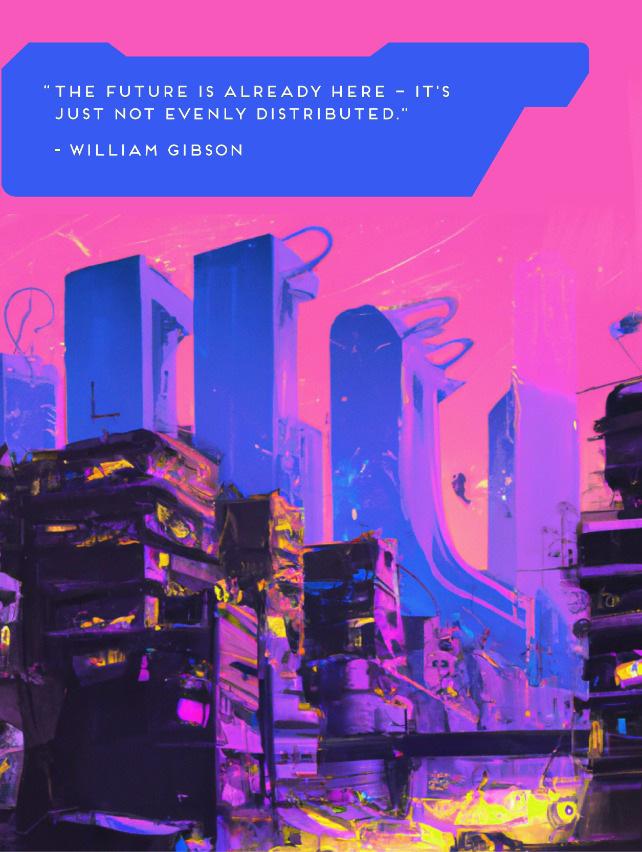
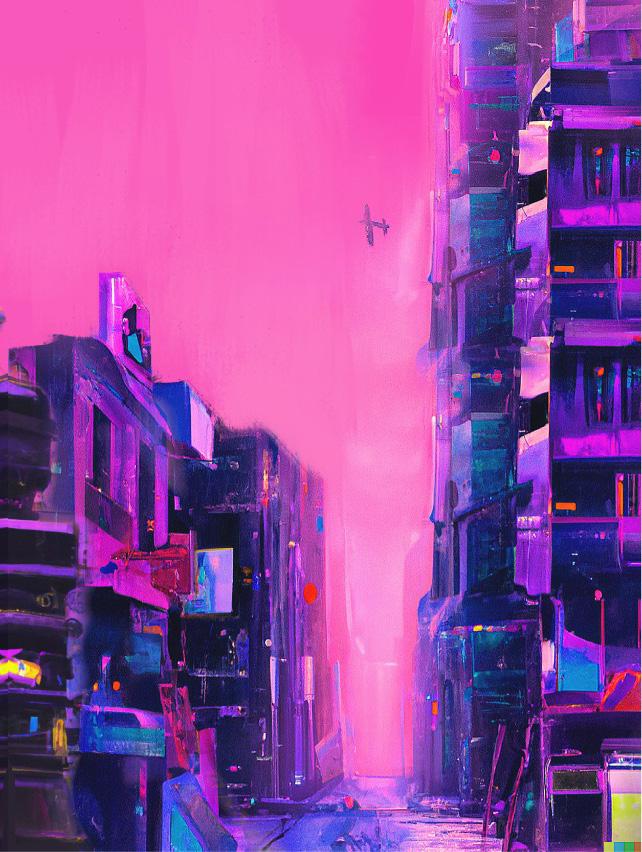

Imagining and creating a concept for Amazon’s expansion in Ride Hailing and Urban Mobility market. In 2014 Zoox launched autonomous vehicles that are characterised as robotaxi. Later Amazon acquired Zoox, a subsidiary of Amazon developing autonomous vehicles that provide mobility as a service. So, as a designer, what did that mean to me?
It’s a fantastic chance to conceive and create a digital experience and speculate on what Amazon’s Urban Mobility Platform may look like. This is my attempt to improve the appearance, feel, and functionality of anything.
And then there was Amazon Ride.
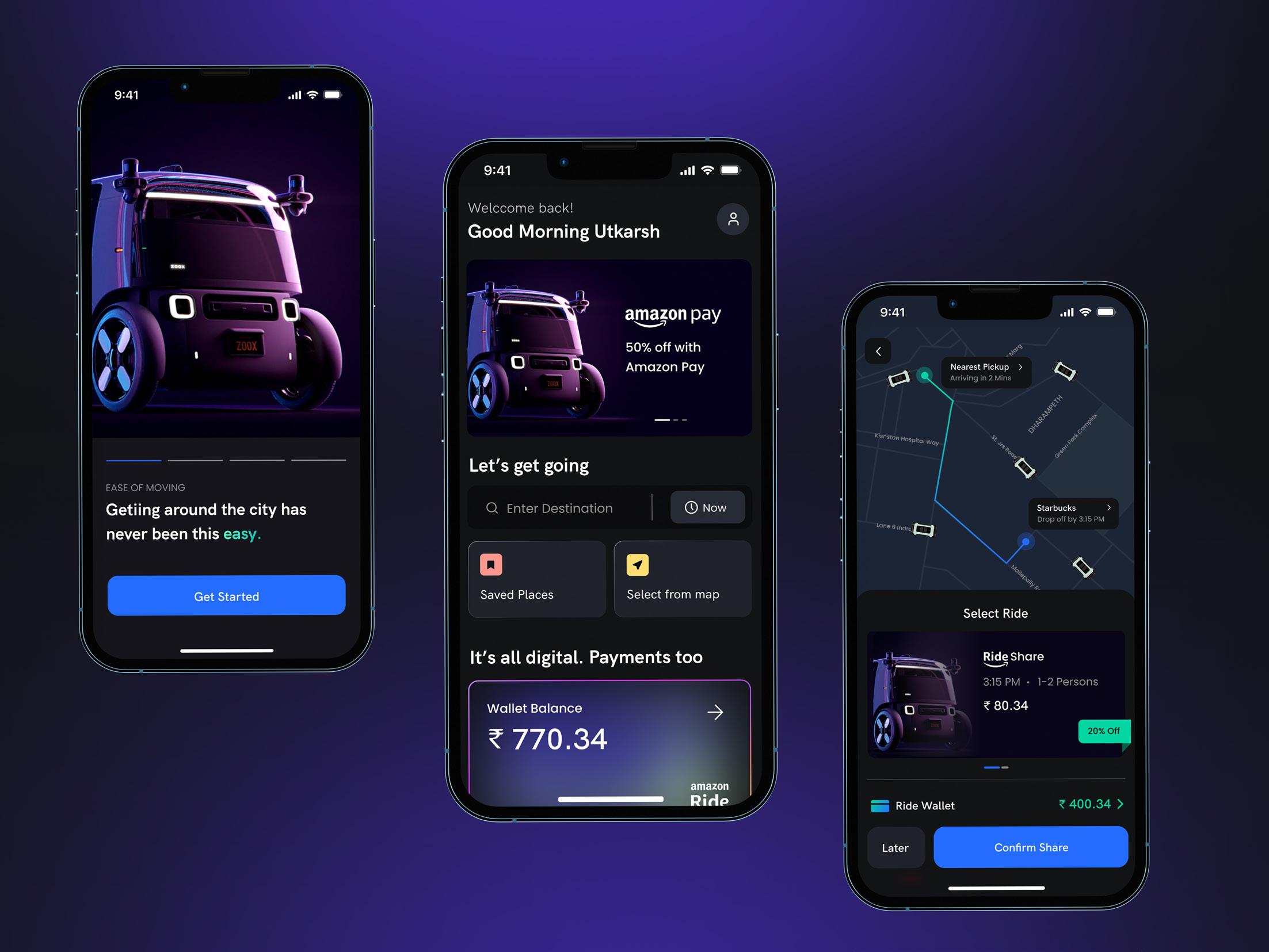
Does your heart rate skyrocket when you speak in front of a large group? Do you start sweating? Don’t worry; it strikes a multitude of other people too. One of the most difficult tasks is to be an articulate speaker. Effective communication with others is important at every stage of our lives. In the corporate world, speaking fluently and boldly allows us to comfortably present our thoughts in front of others.
Toastmasters International is a platform that provides an opportunity and a supportive environment to improve your public speaking, communication, and leadership skills. Toastmasters Meetings are selfrun and members work their way through Toastmasters’ program. Communication and leadership skills are developed mainly through 3 different stages of the club meetingprepared speeches, impromptu speeches and peer-to-peer feedback.
Joining a Toastmasters Club as a student could be the best extracurricular activity one can invest their time in. It provides an opportunity to connect with students from various backgrounds, experiences, and interests who share common goals. It teaches students to think on their feet when speaking to faculty, presenting to juries, sharing ideas, and giving interviews. Developing our ability to speak eloquently on the spur of the moment means we’re ready to respond to questions quickly rather than having our minds go blank.
Toastmasters for me was a journey of overcoming fears, self-discovery and finding a sense of purpose. Meeting new people, mentoring my juniors, organising workshops and hosting events have become a part of my daily routine. It has given me access to a community of people from different domains, ages, and experiences who are always ready to help, support, and guide me throughout the journey.
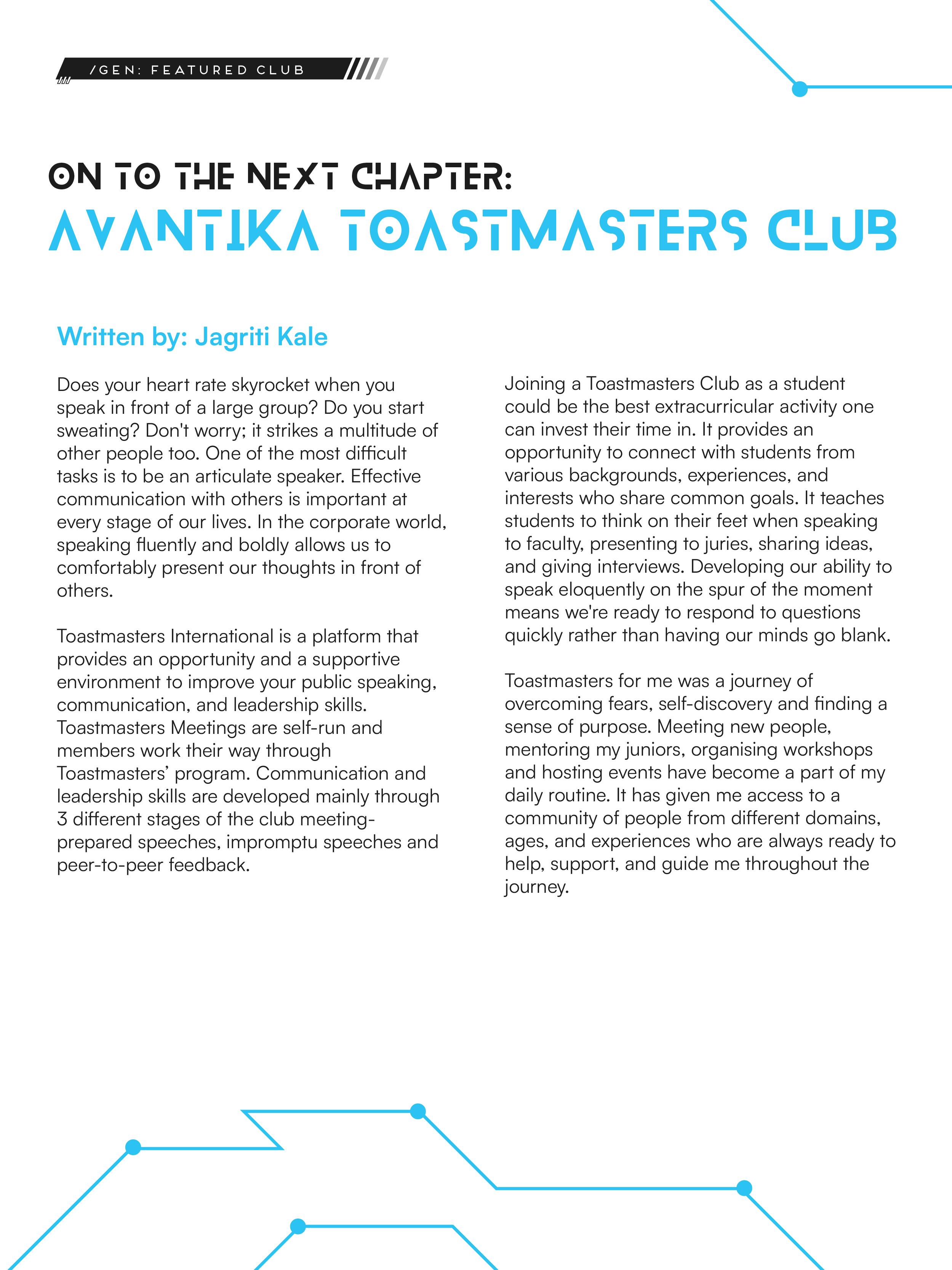
The keyword throughout all of the lessons has been Practice. Few are born with the ability to captivate a room naturally and to develop this skill, we must practice it on a daily basis. Toastmasters Clubs provide you with the skills and confidence to practice and overcome public speaking mistakes and fears.
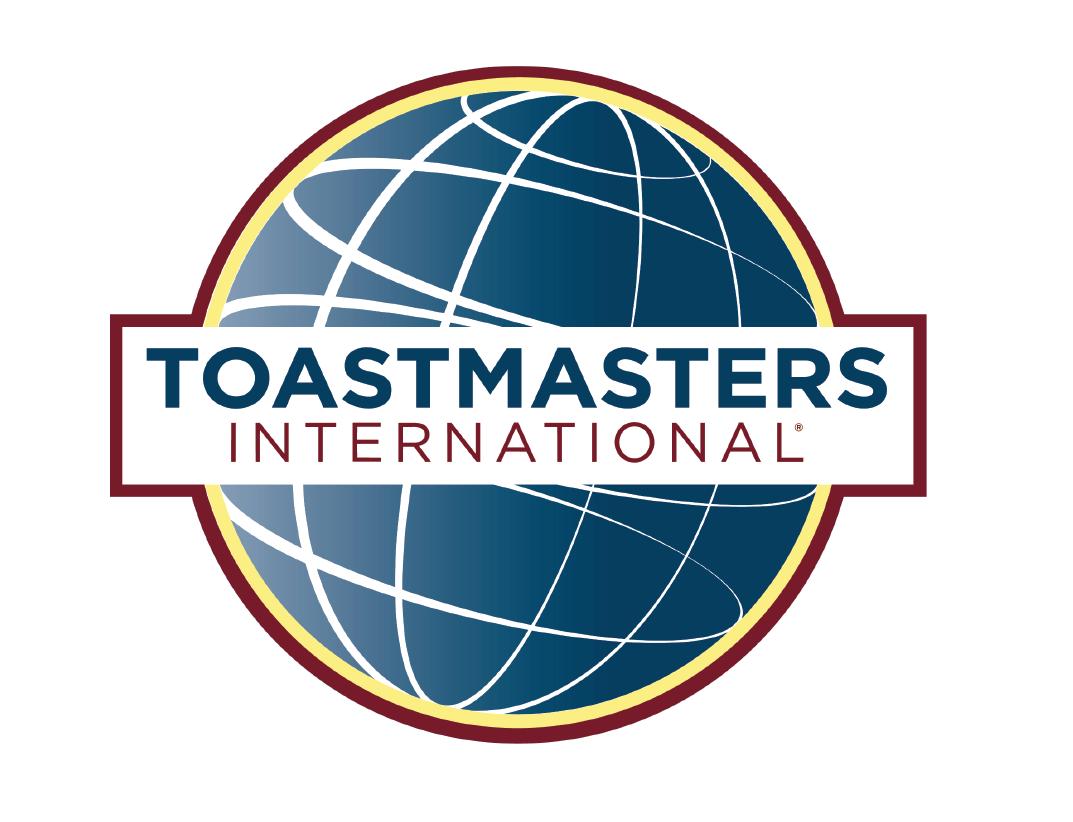
In my opinion, the future of the Toastmasters club lies beyond communication and leadership skills, it targets multiple interconnected skills like listening, critical thinking, giving feedback, time management, planning and implementation, organization and delegation, facilitation, mentoring, motivation, and team-building. The incoming stint of Toastmasters at Avantika University will help students overcome their subconscious fears and discover something new about themselves.
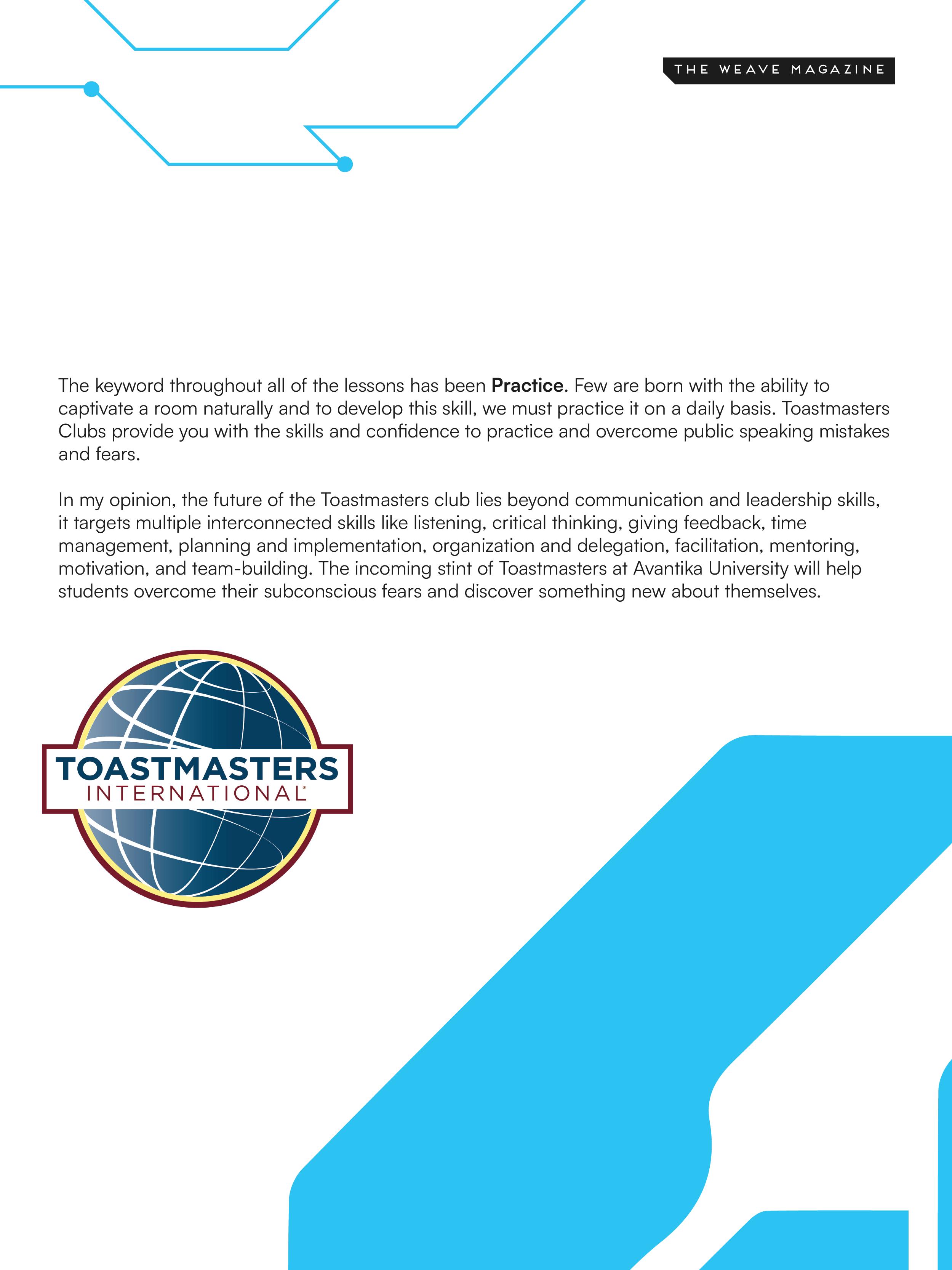
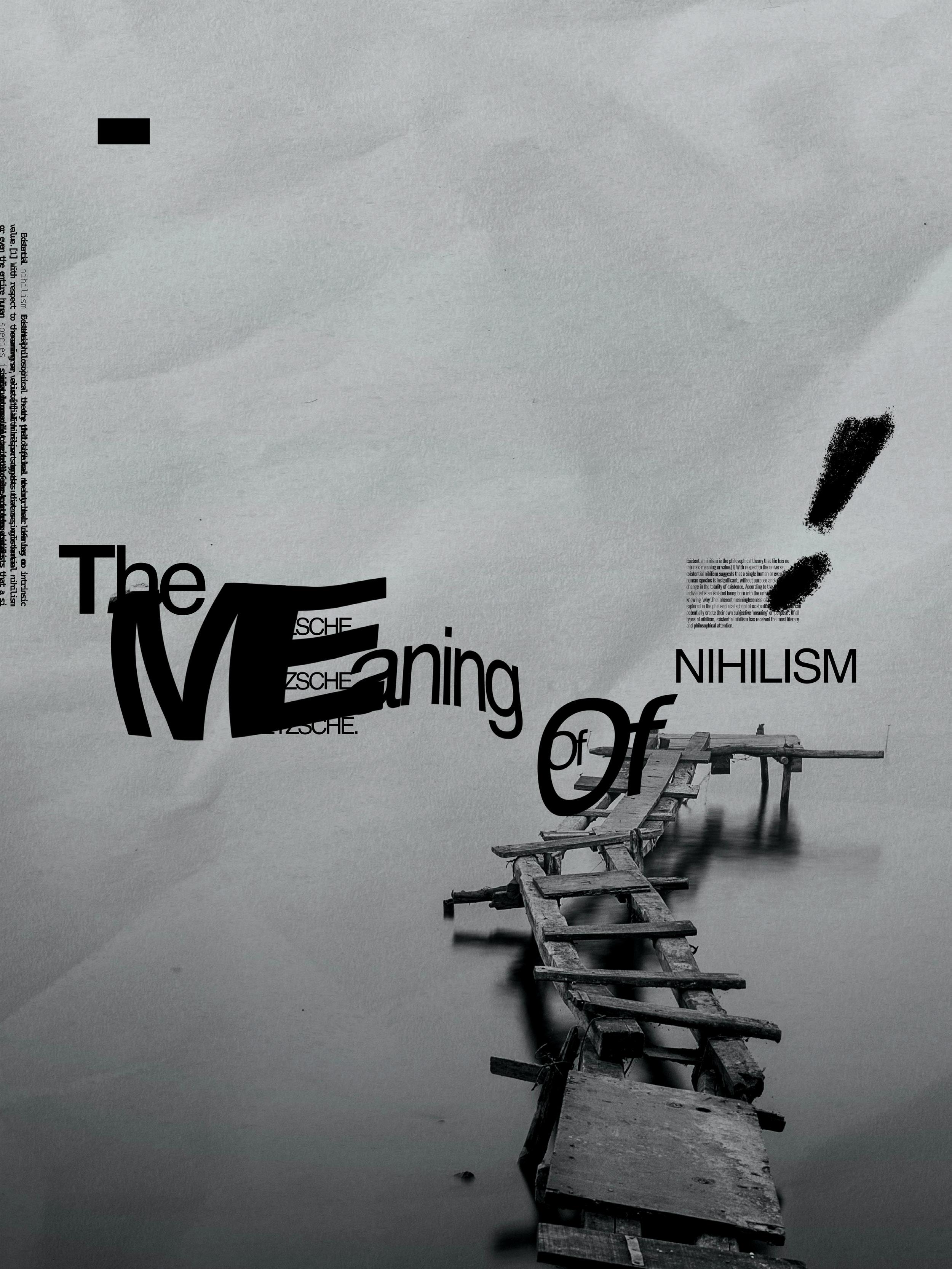

Google Developer Student Clubs are a program offered by Google to support and mentor university students who are interested in learning about and working with technology. These clubs are typically run by a group of student volunteers who are passionate about technology and want to help their peers learn and grow. The clubs provide a variety of resources and support,
including access to Google technologies, mentorship from experienced developers, and opportunities to attend workshops and events. Overall, the goal of the Google Developer Student Clubs program is to help students develop the skills they need to succeed in the technology industry and to foster a community of students who are interested in technology and innovation.

From a developer’s perspective, the first thing that comes to my mind when we talk about foresight is ‘Machine Learning’. In a world driven by data, where we are generating roughly 2.5 quintillion bytes of data every single day, machine learning is what helps us make sense of this vast amount of information and make predictions of future trends based on this past knowledge. Machine learning is a part of artificial intelligence that teaches machines to think in a similar way to humans and then learn and improve upon past experiences. This is done by analyzing
patterns in data and then generating new predictions which could help shape our future decisions. We are surrounded by machine learning in our day-to-day life, be it the article you are reading, the song you are listening to, the video you are watching, or any other kind of data you are consuming. It is all recommended to you because of some or the other machine learning algorithm which is working in the background, analyzing your past experiences and understanding your preferences.
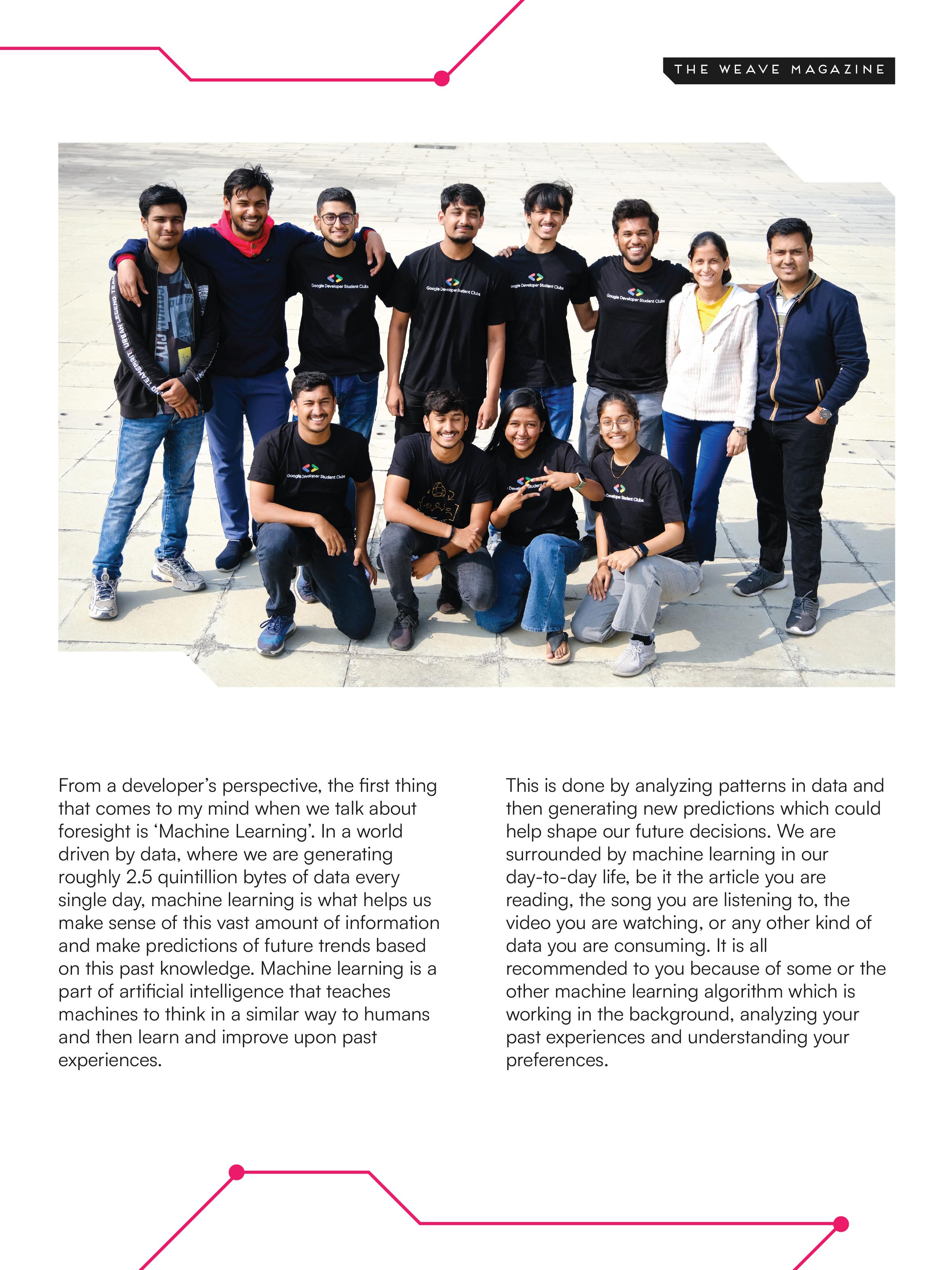
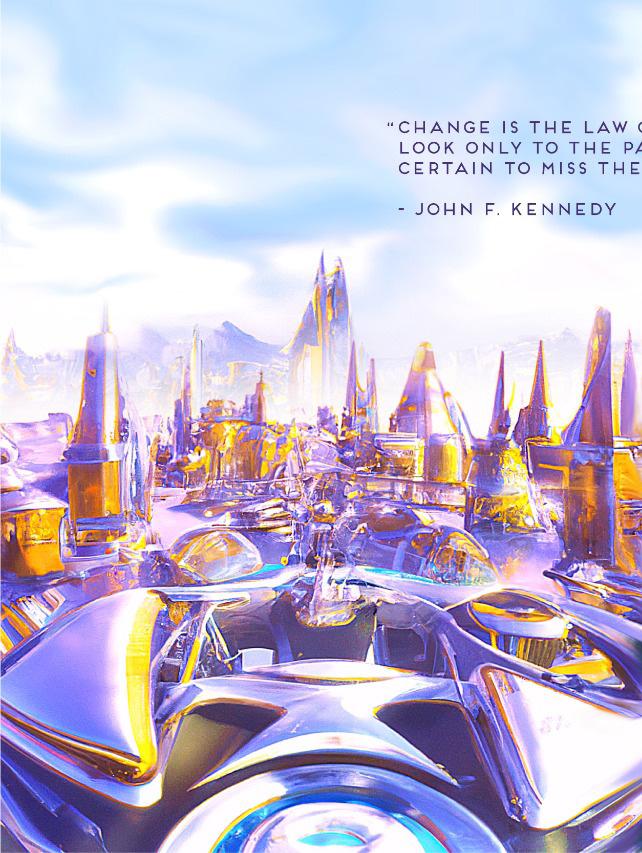
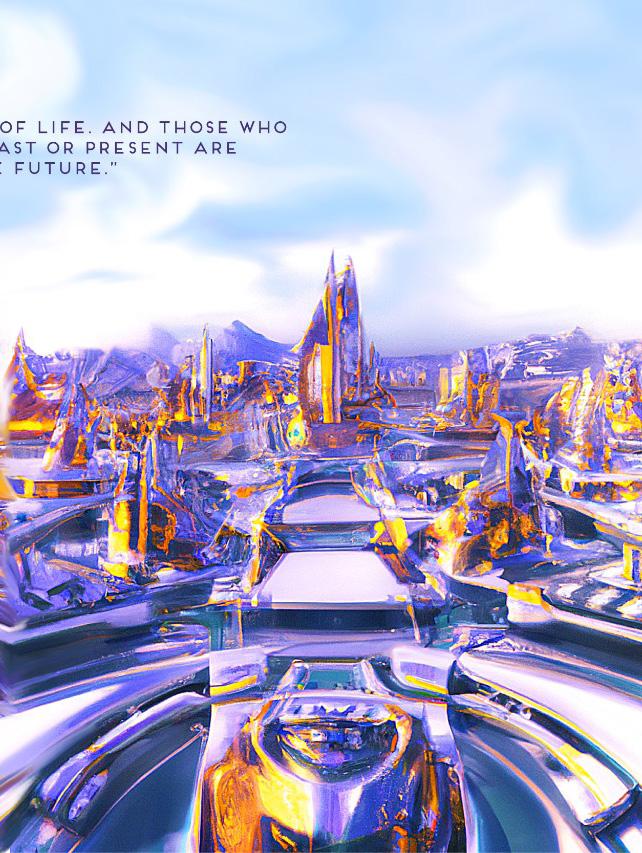


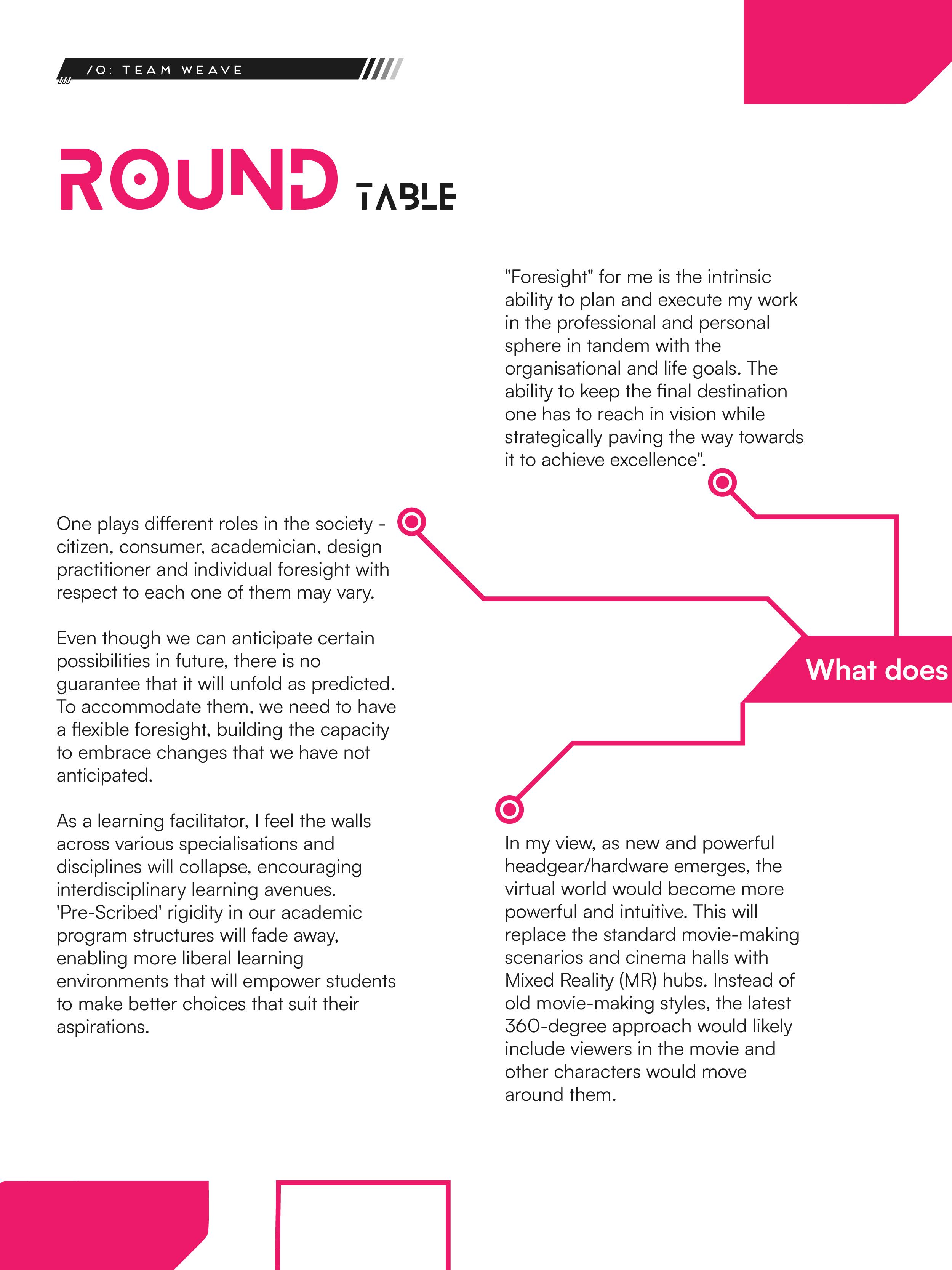

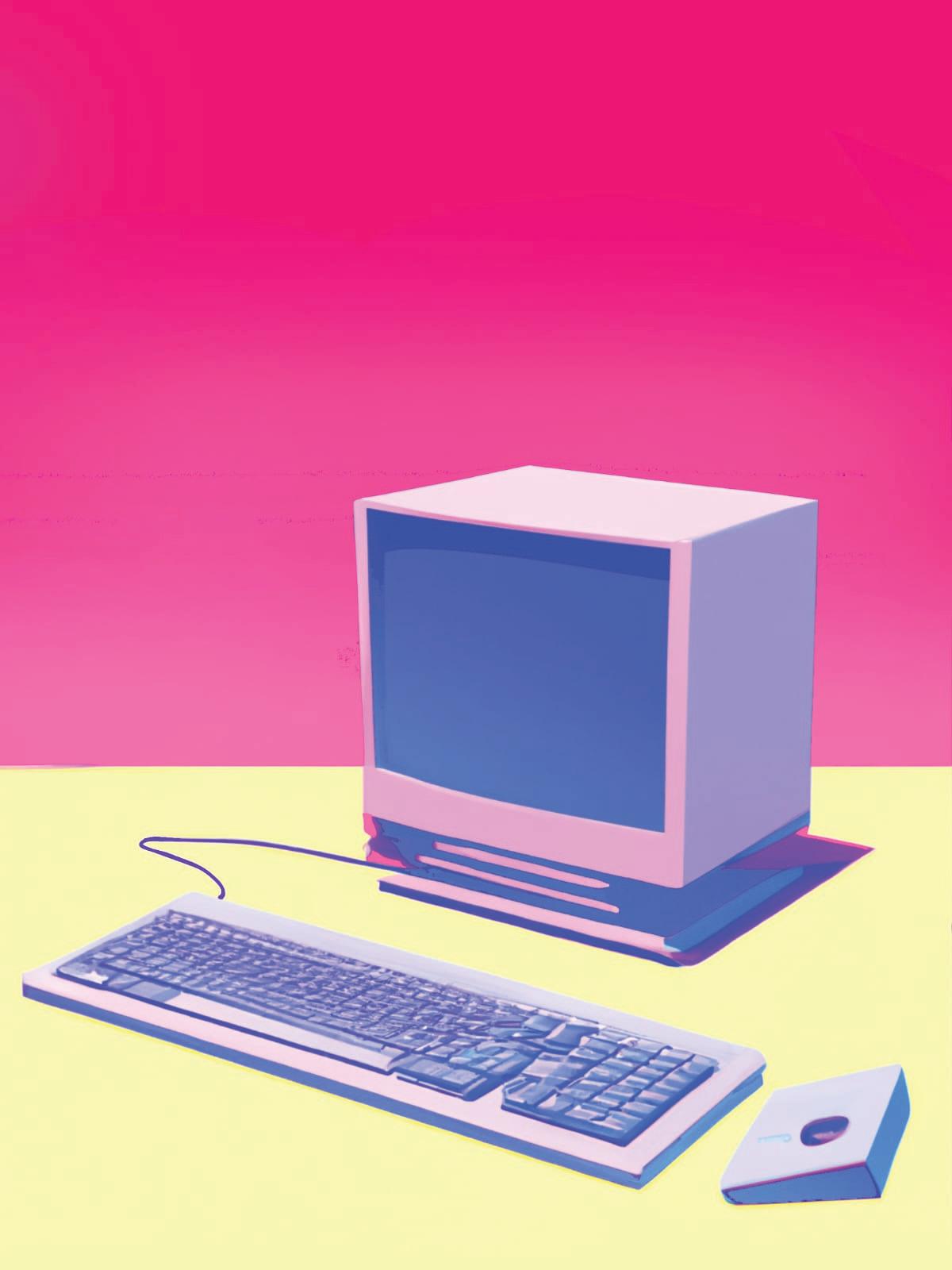

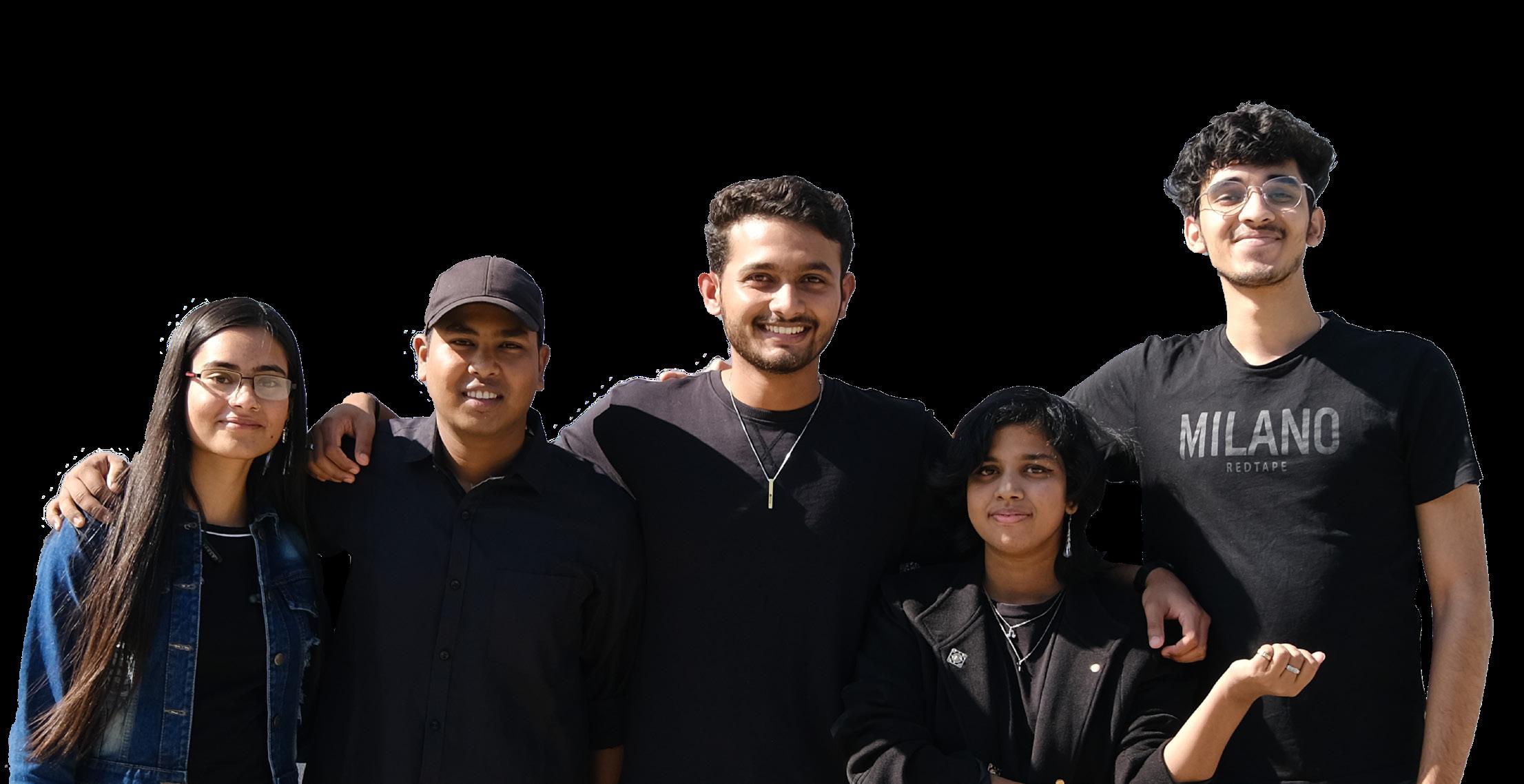 Deepak Roshan Anup Dahale Adya Srivastava Abhay Sharma
Anvesha Dubey
Deepak Roshan Anup Dahale Adya Srivastava Abhay Sharma
Anvesha Dubey
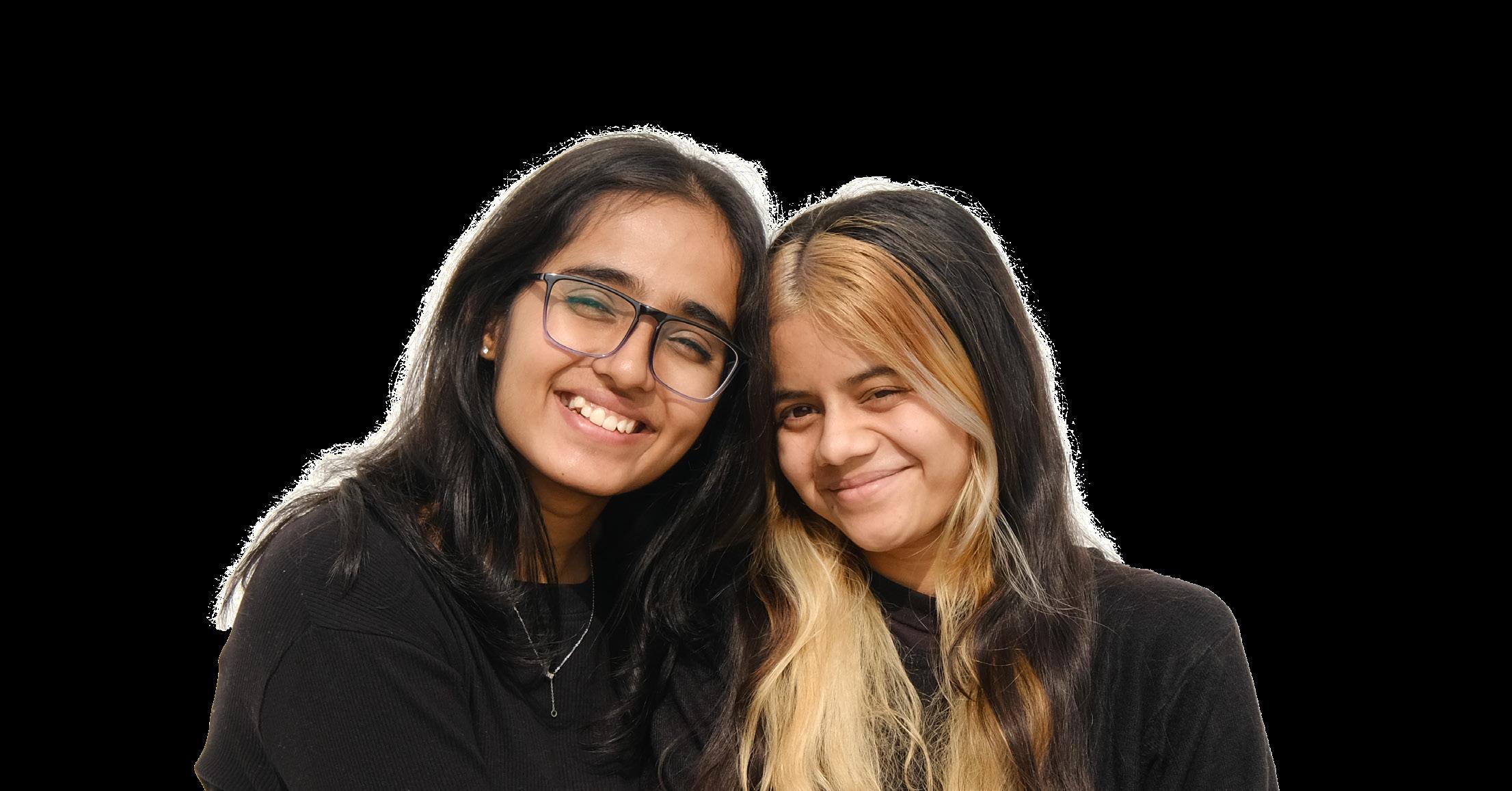
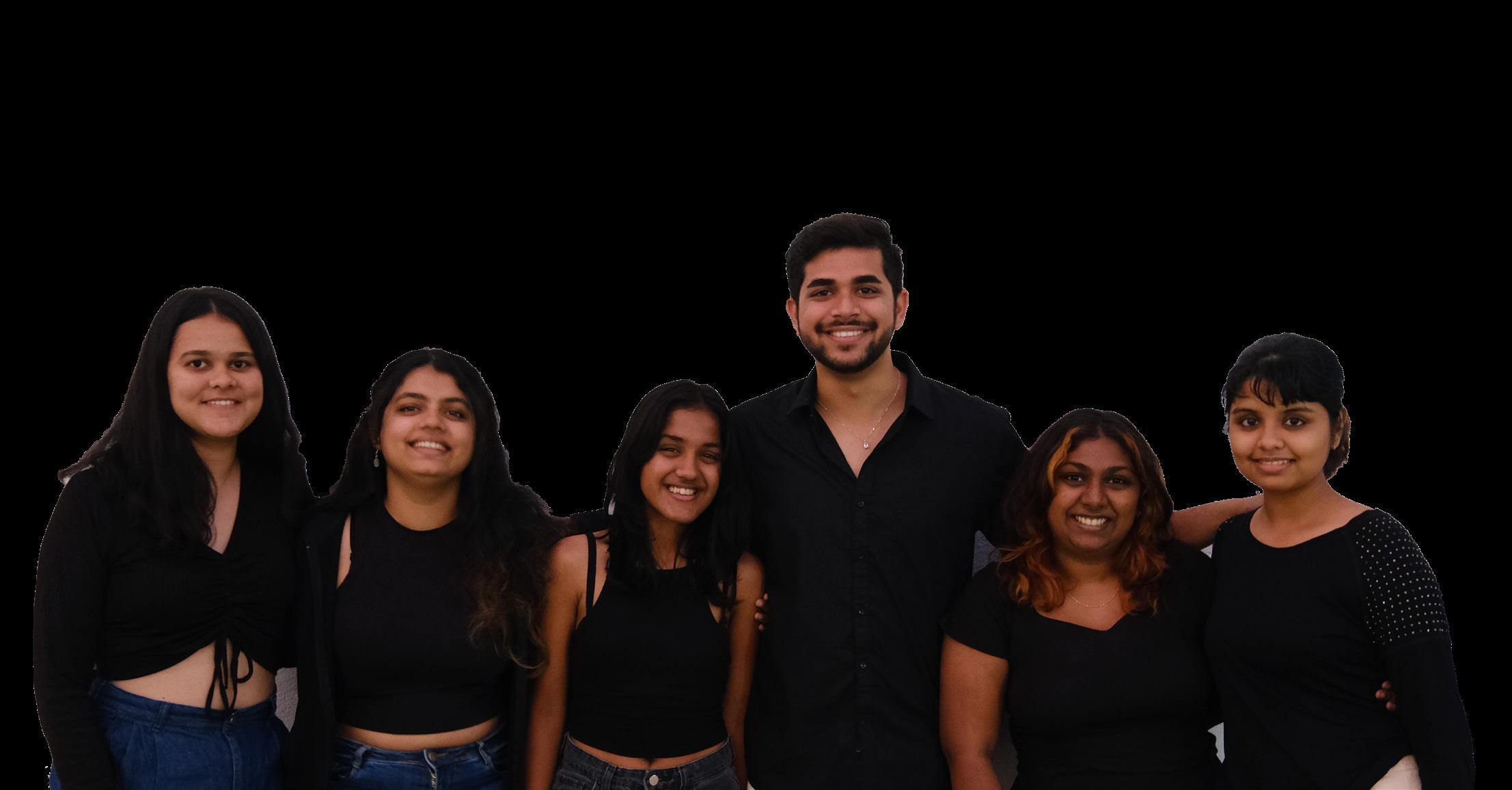 Shriya Mallela
Naina Heble
Srushti Dhobley Mansi More Kashish Jain Rajdatta Malusare
Shriya Mallela
Naina Heble
Srushti Dhobley Mansi More Kashish Jain Rajdatta Malusare
